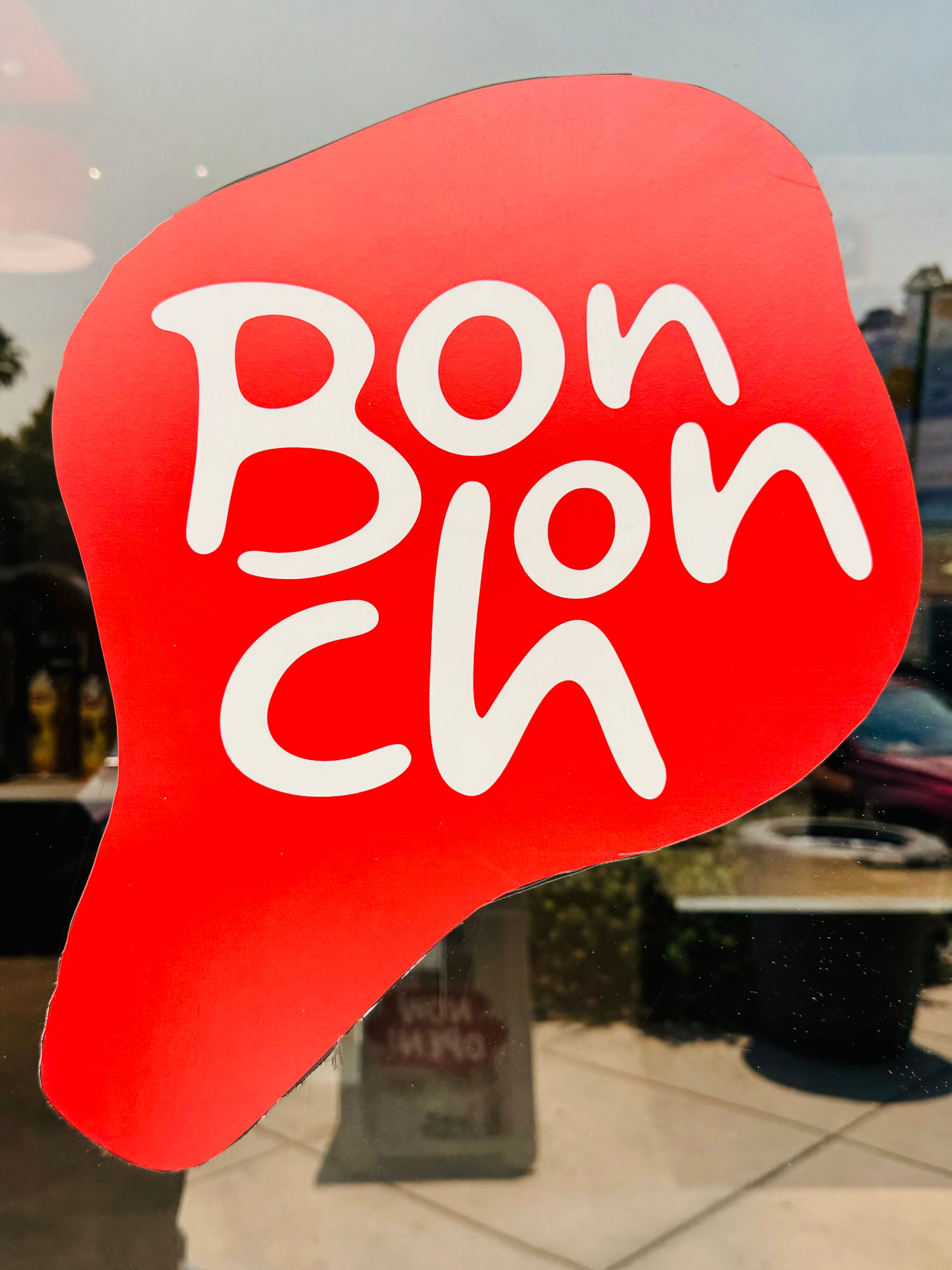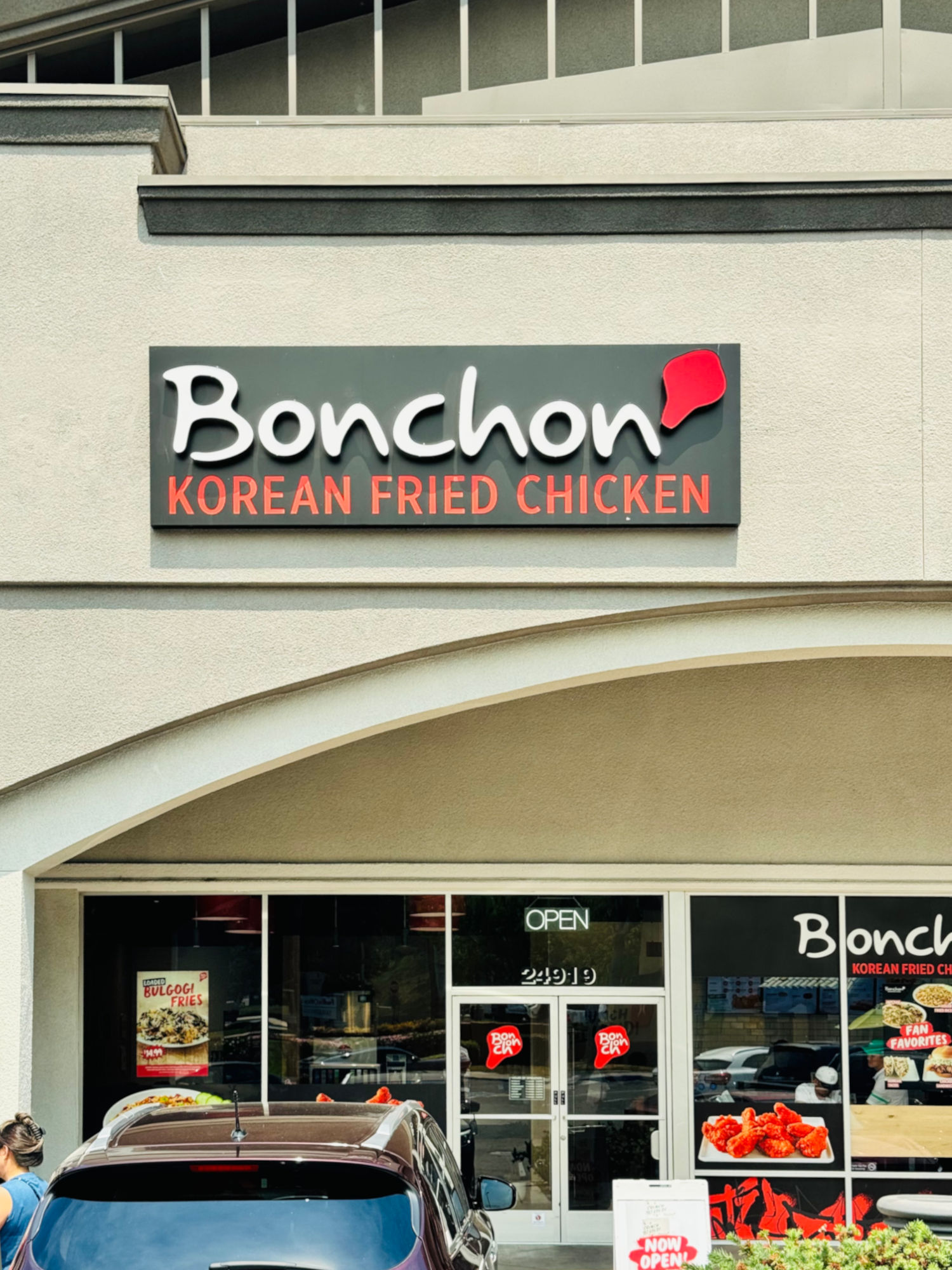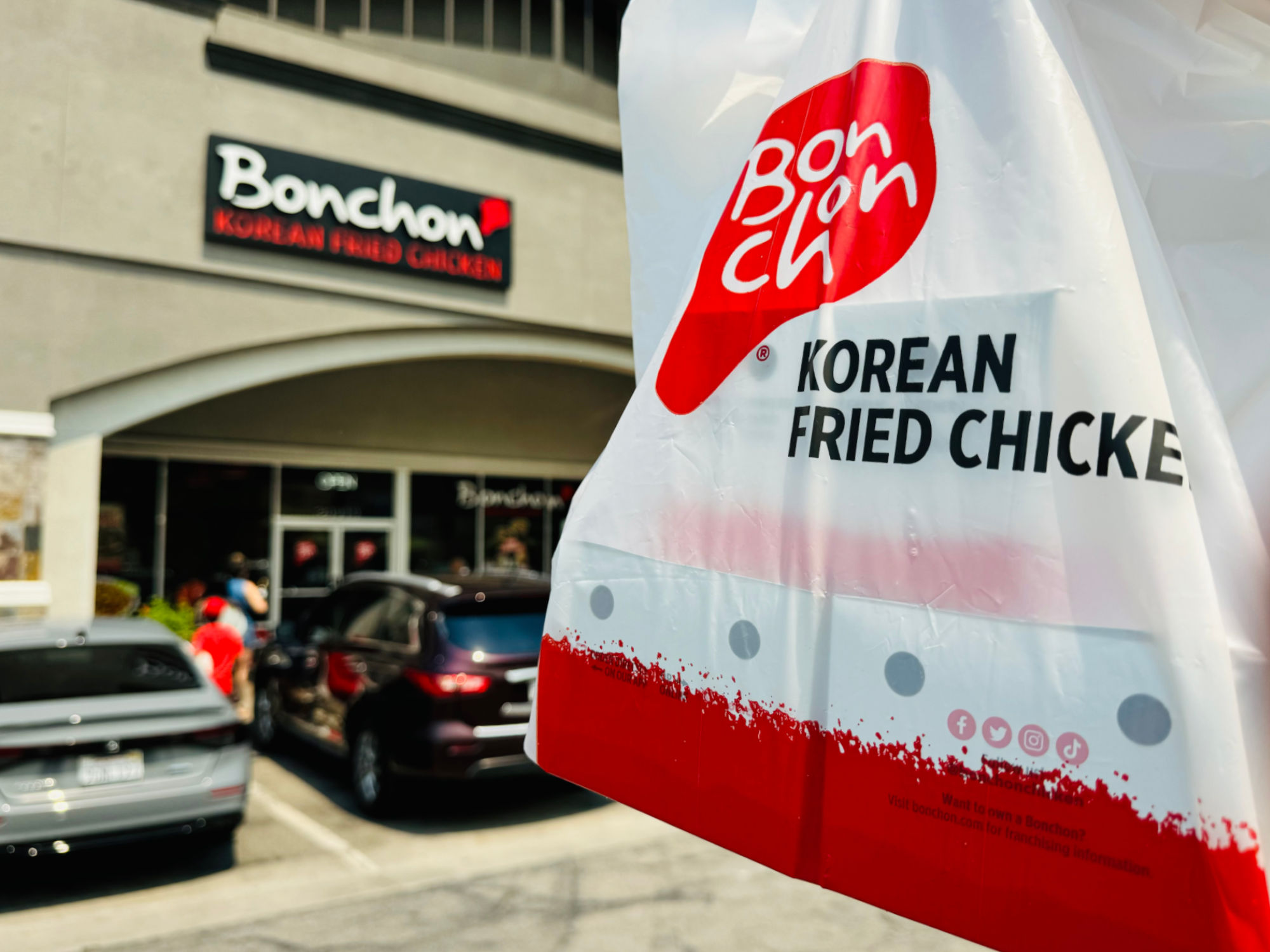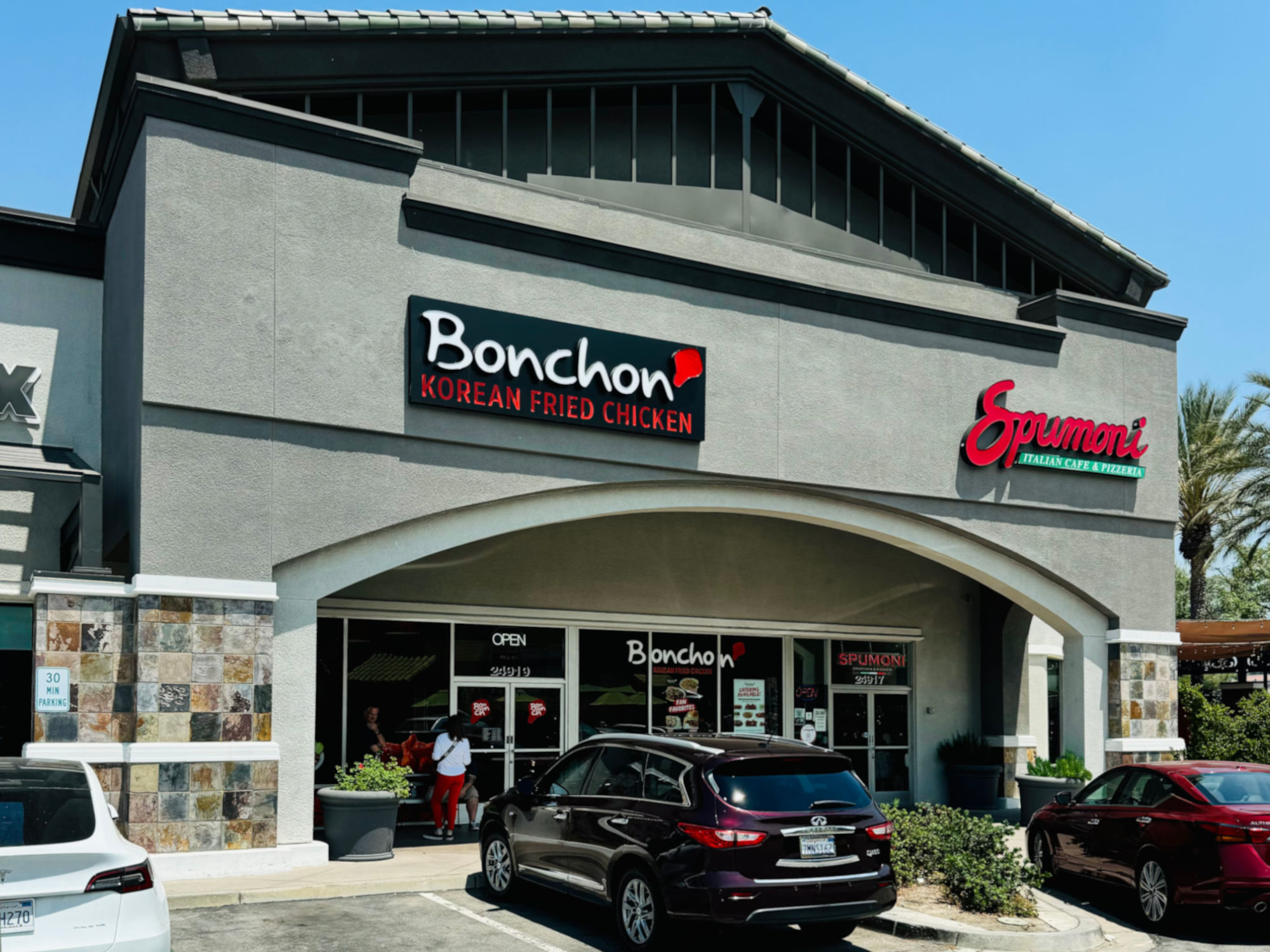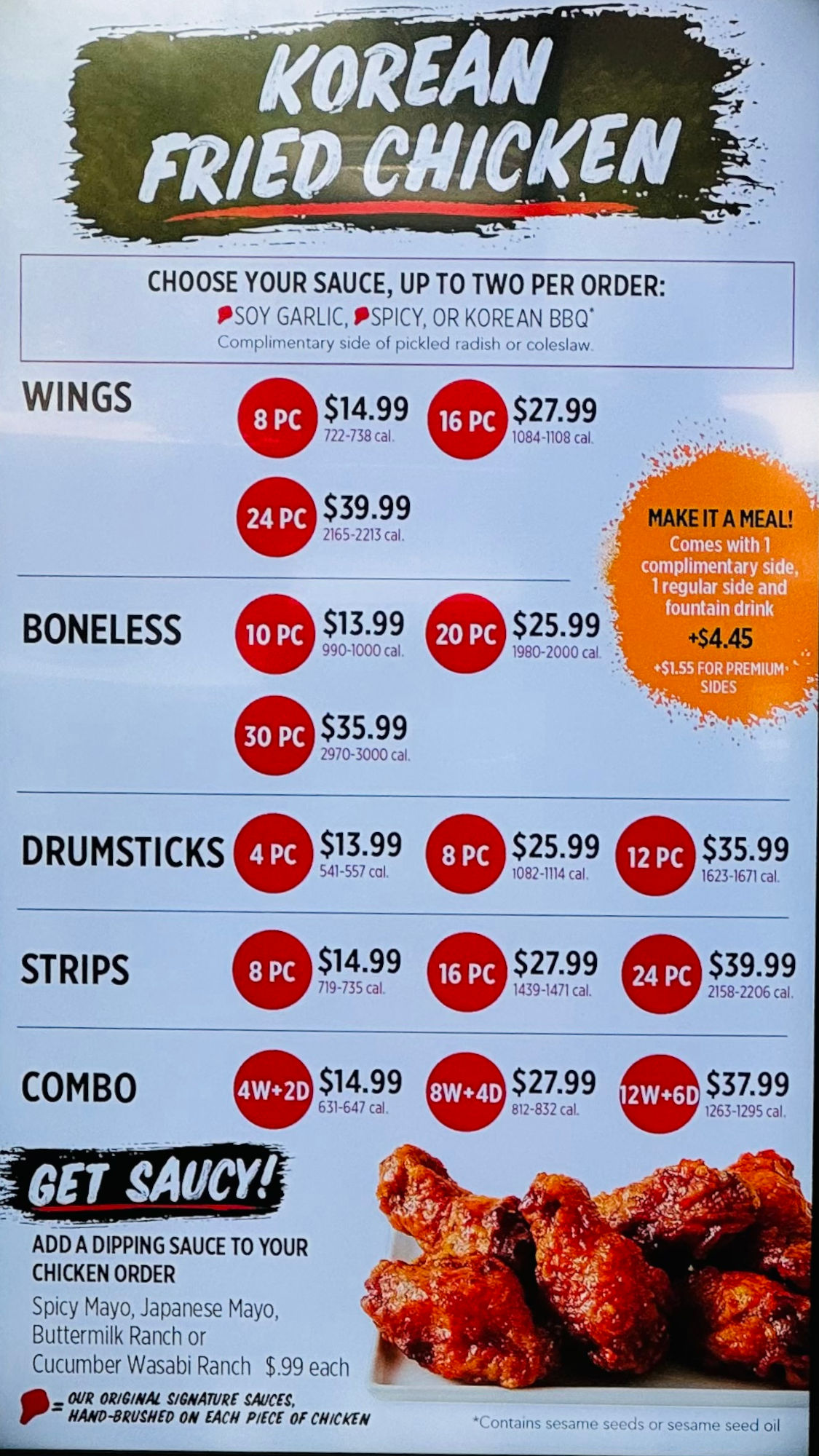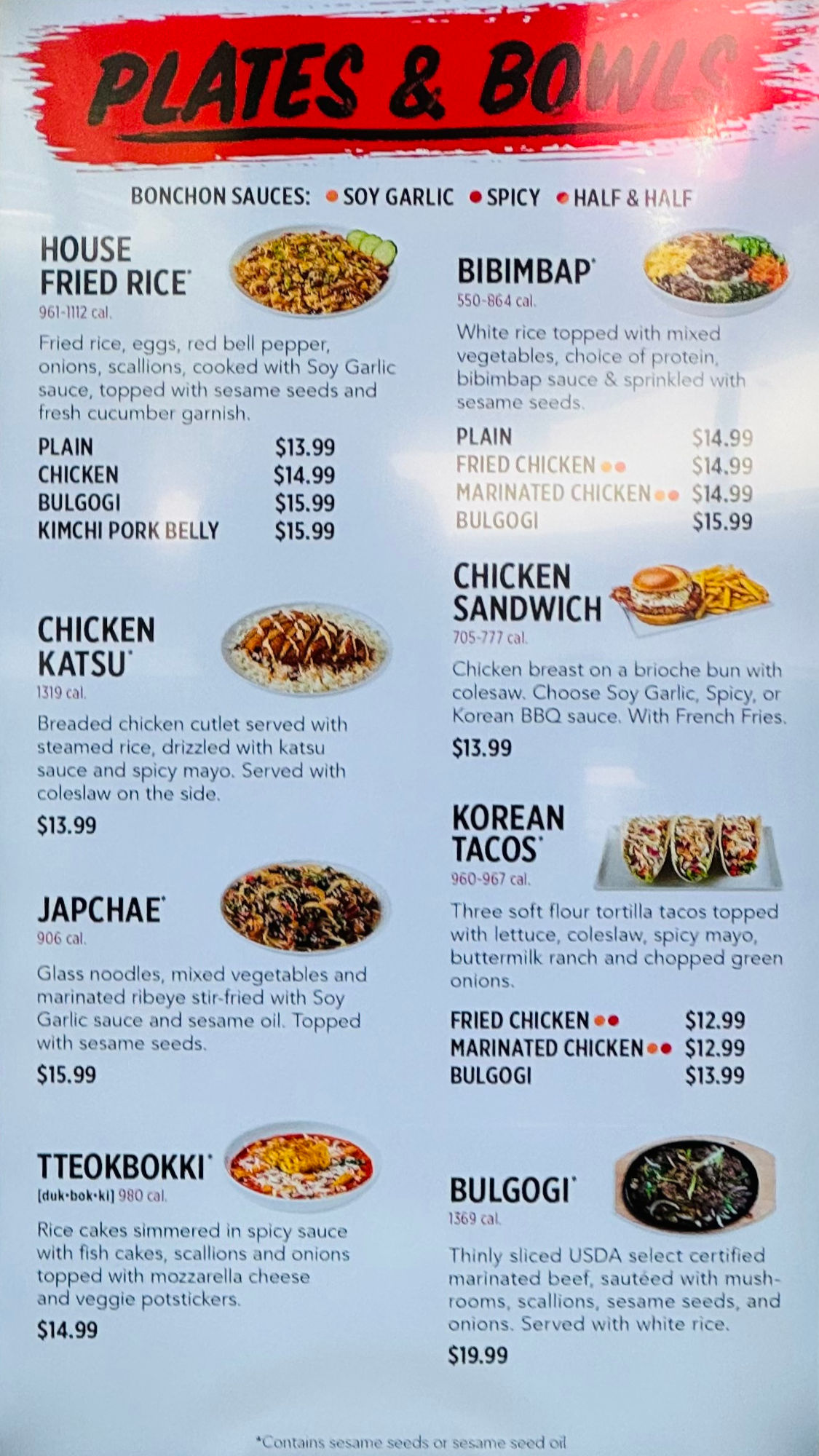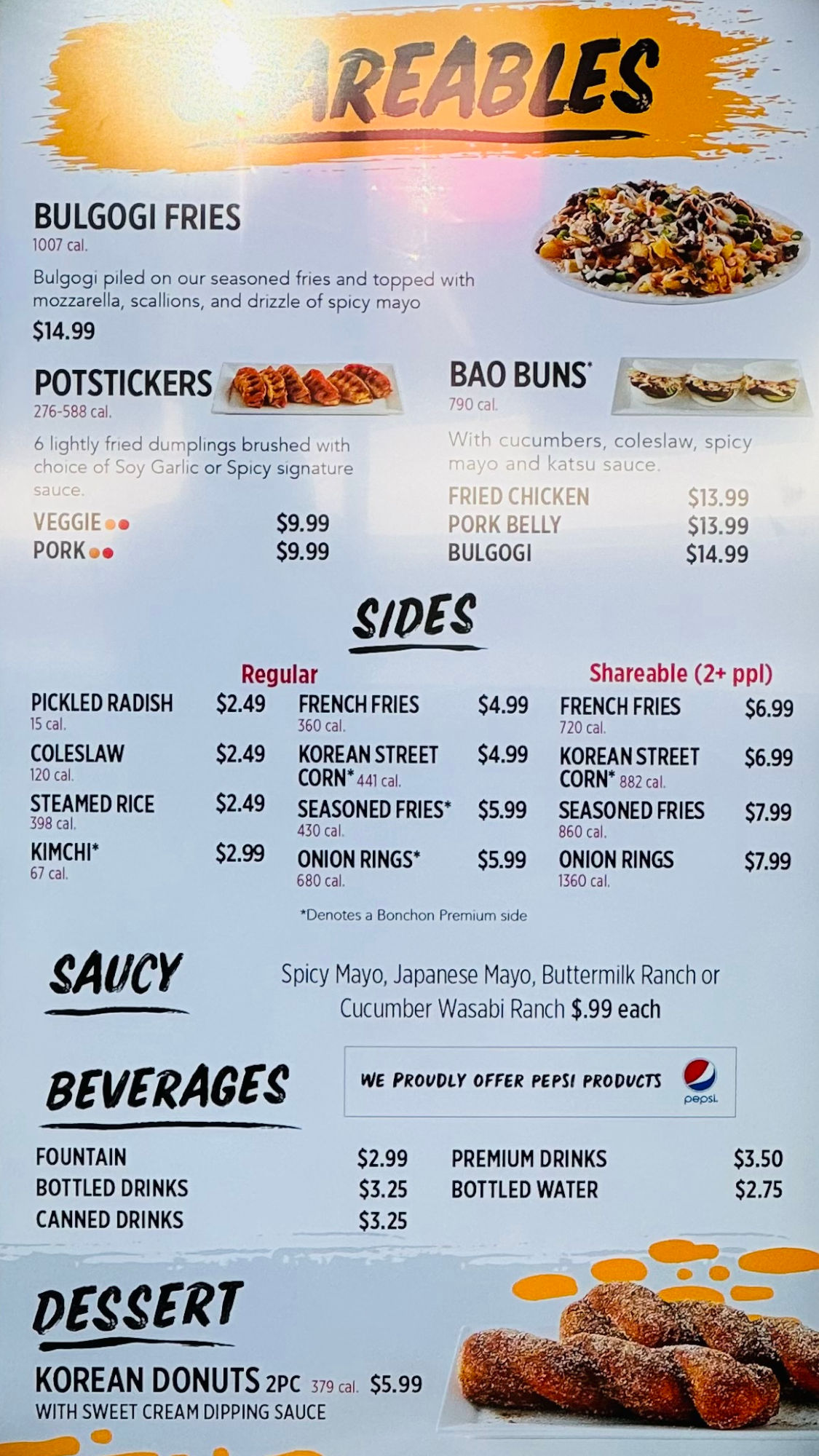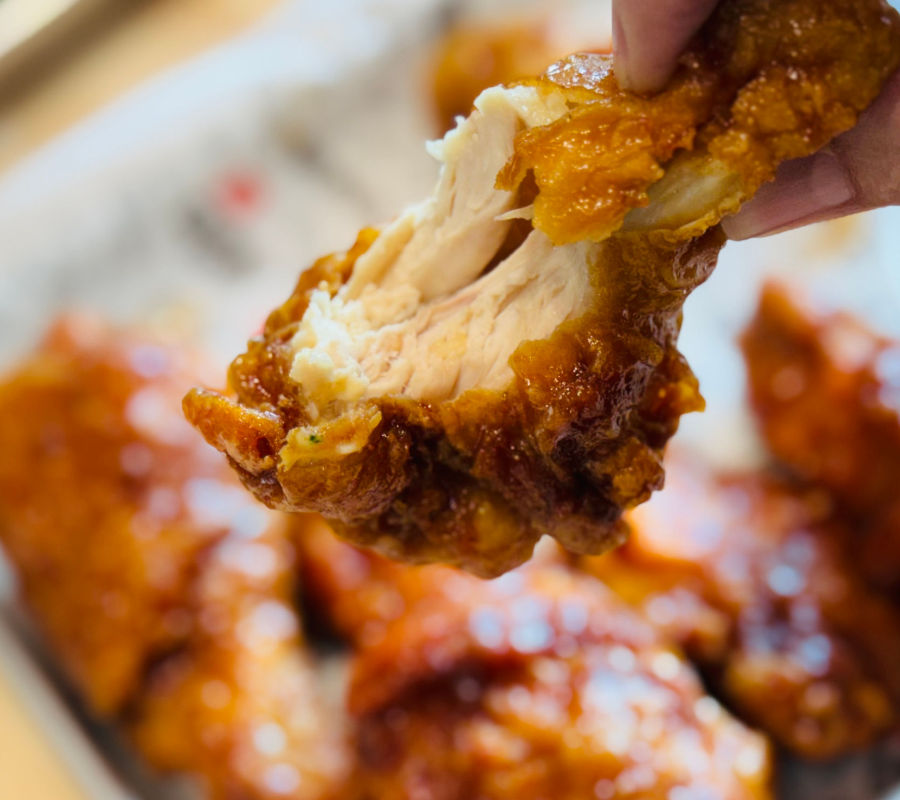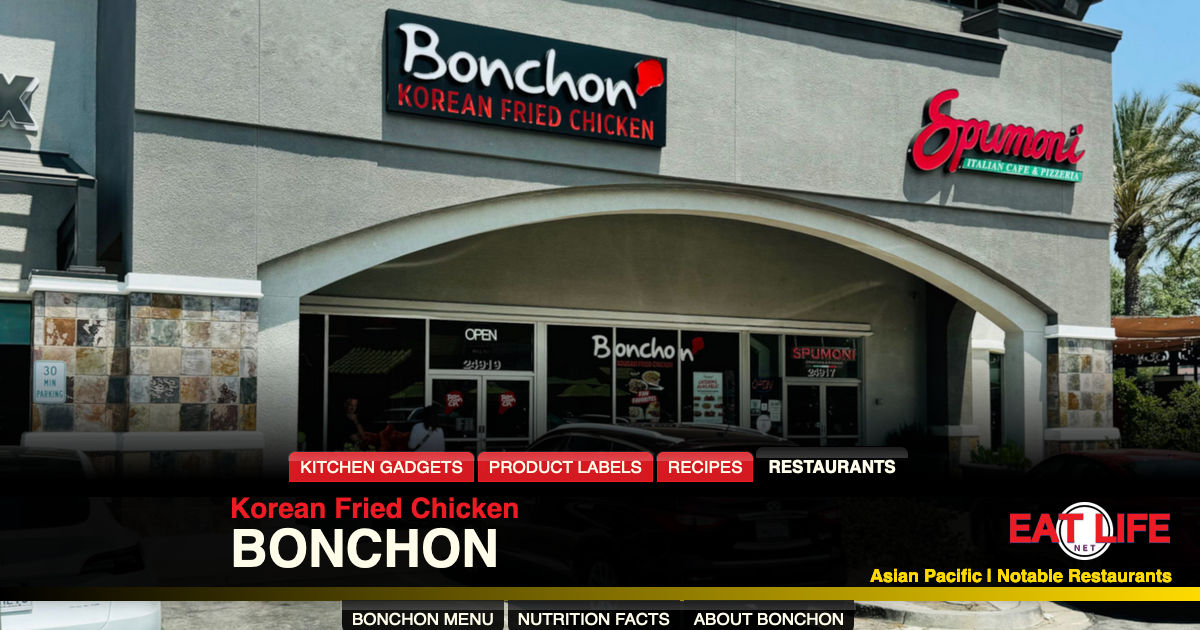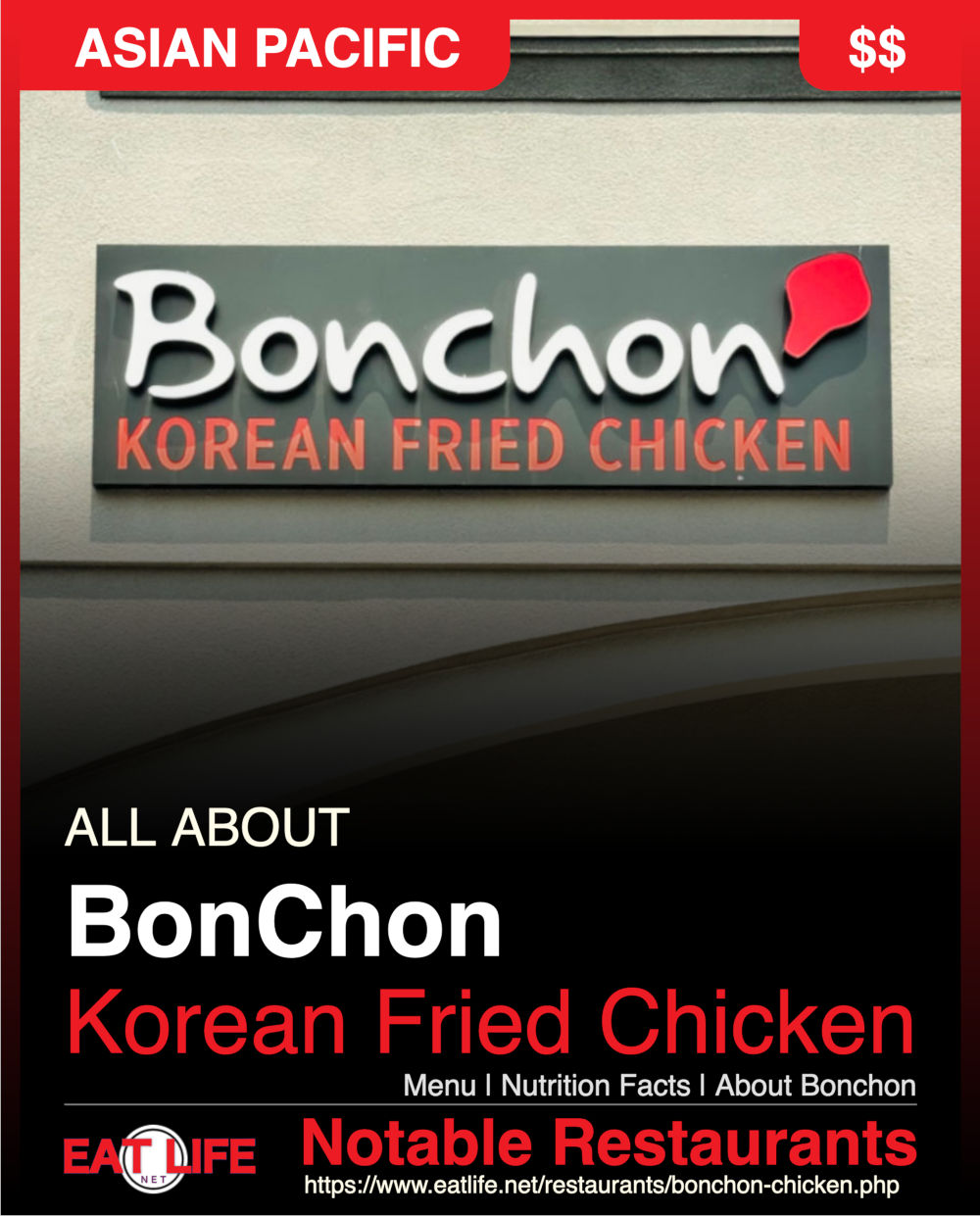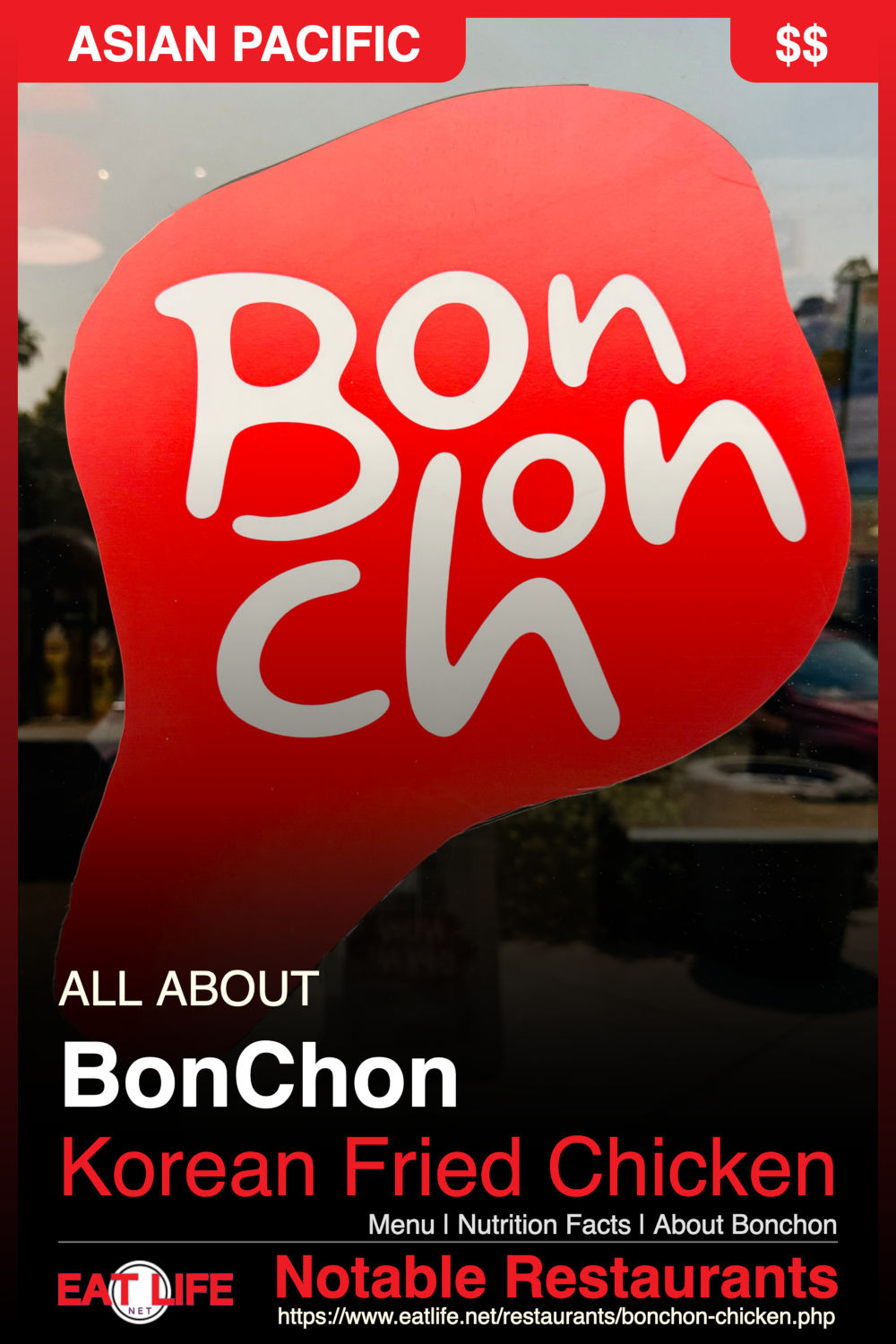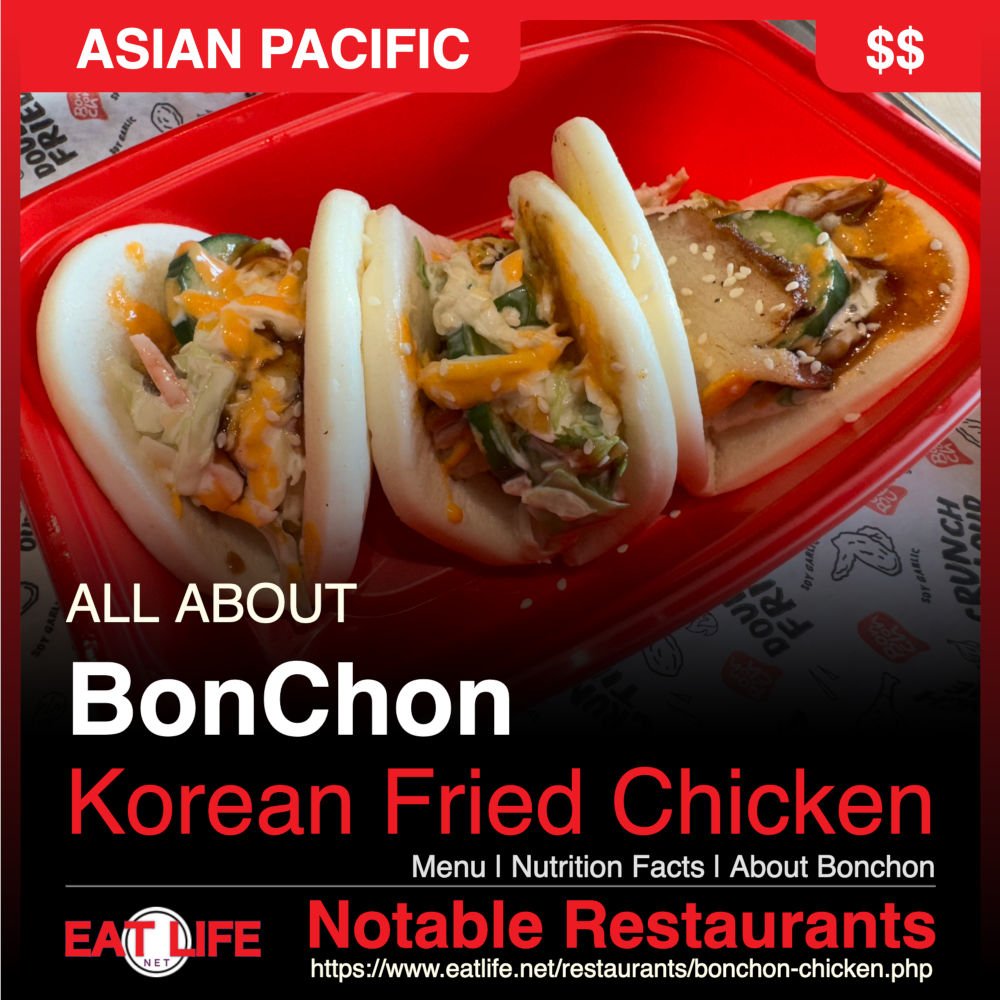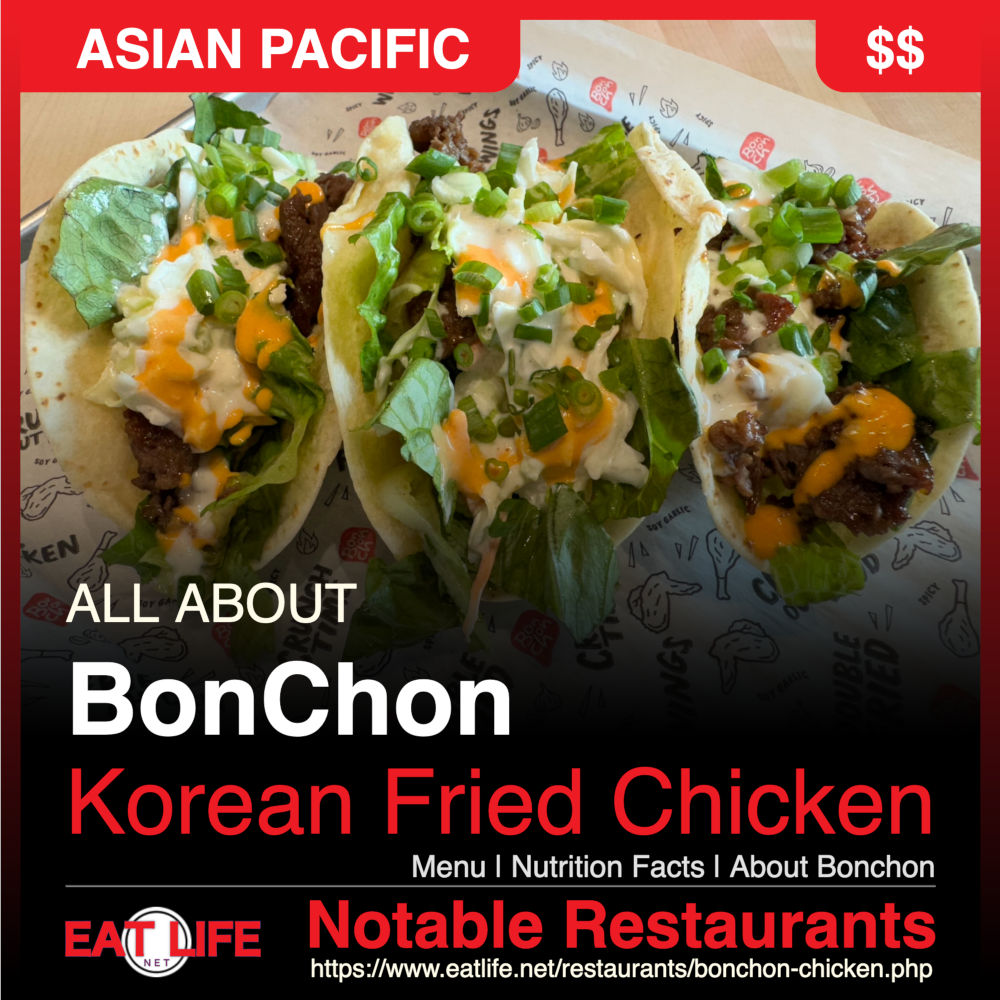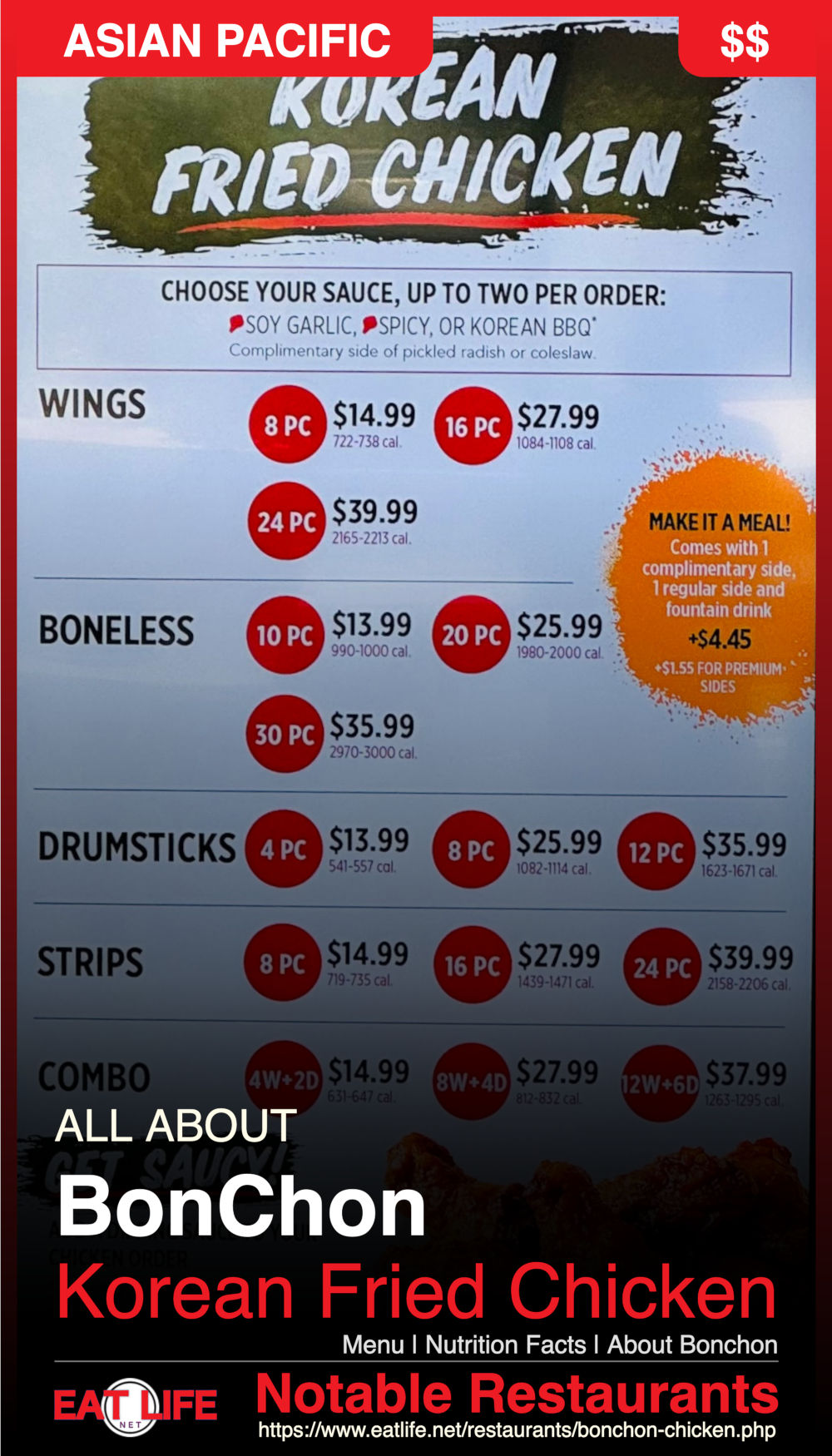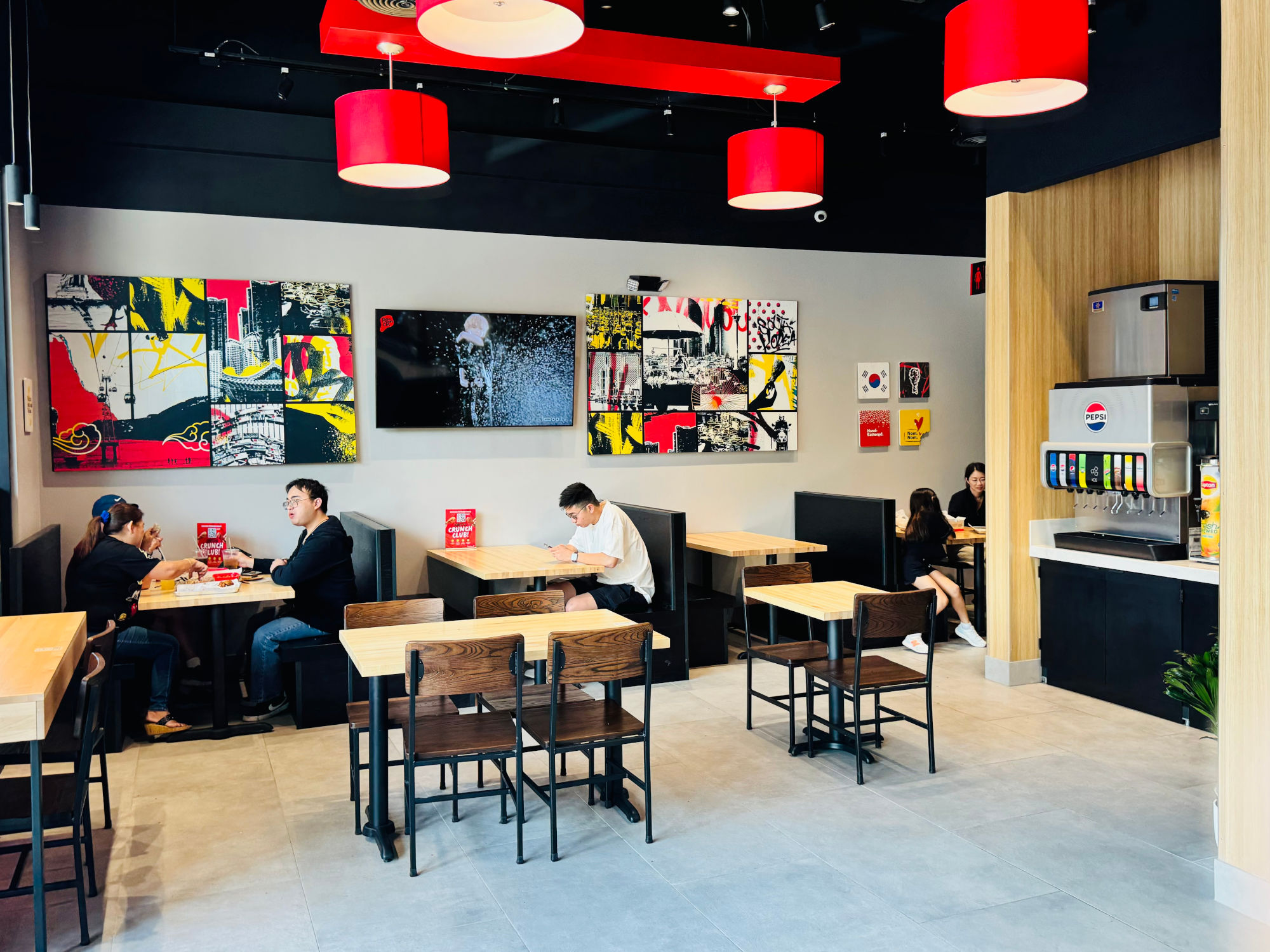

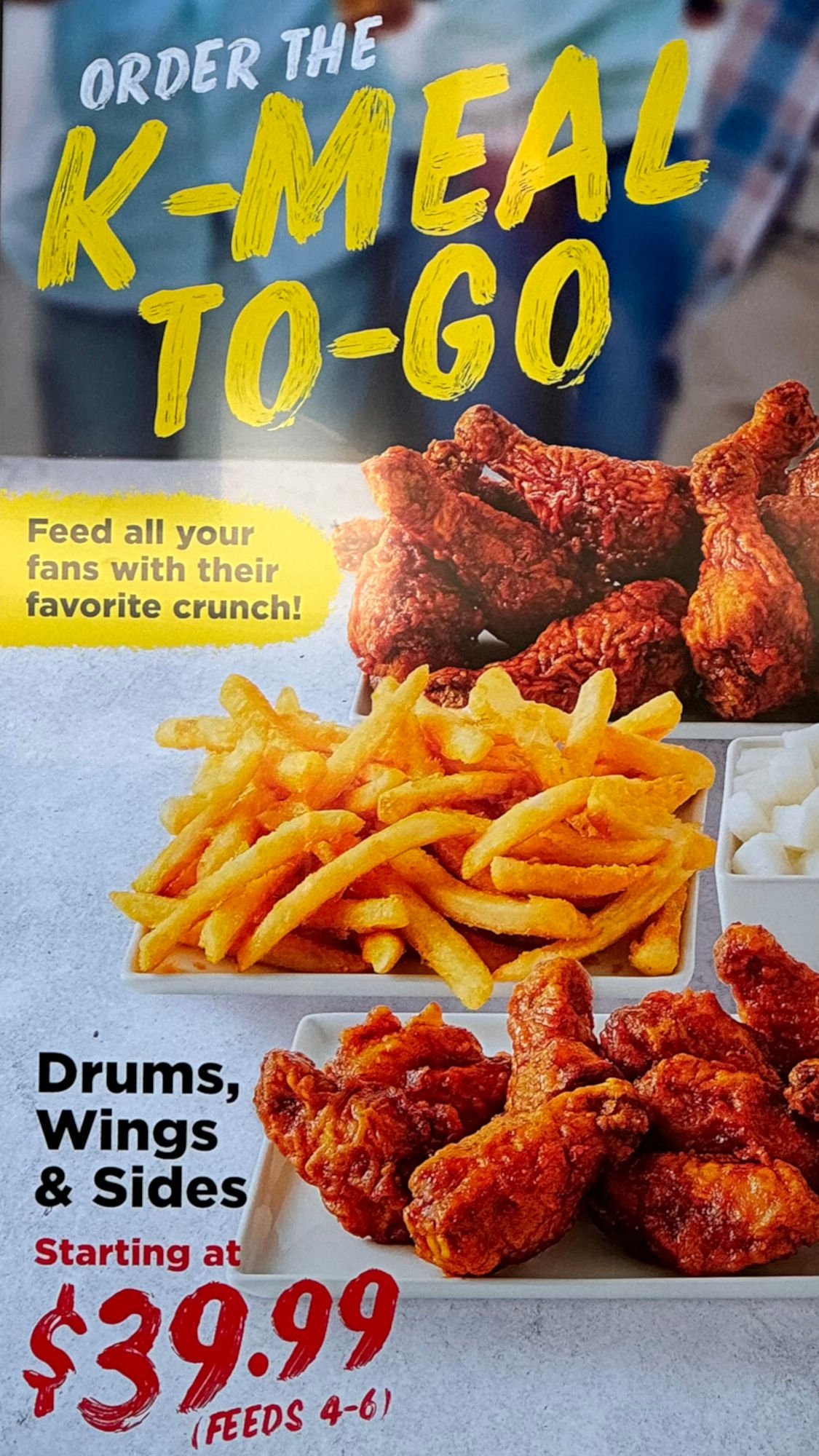
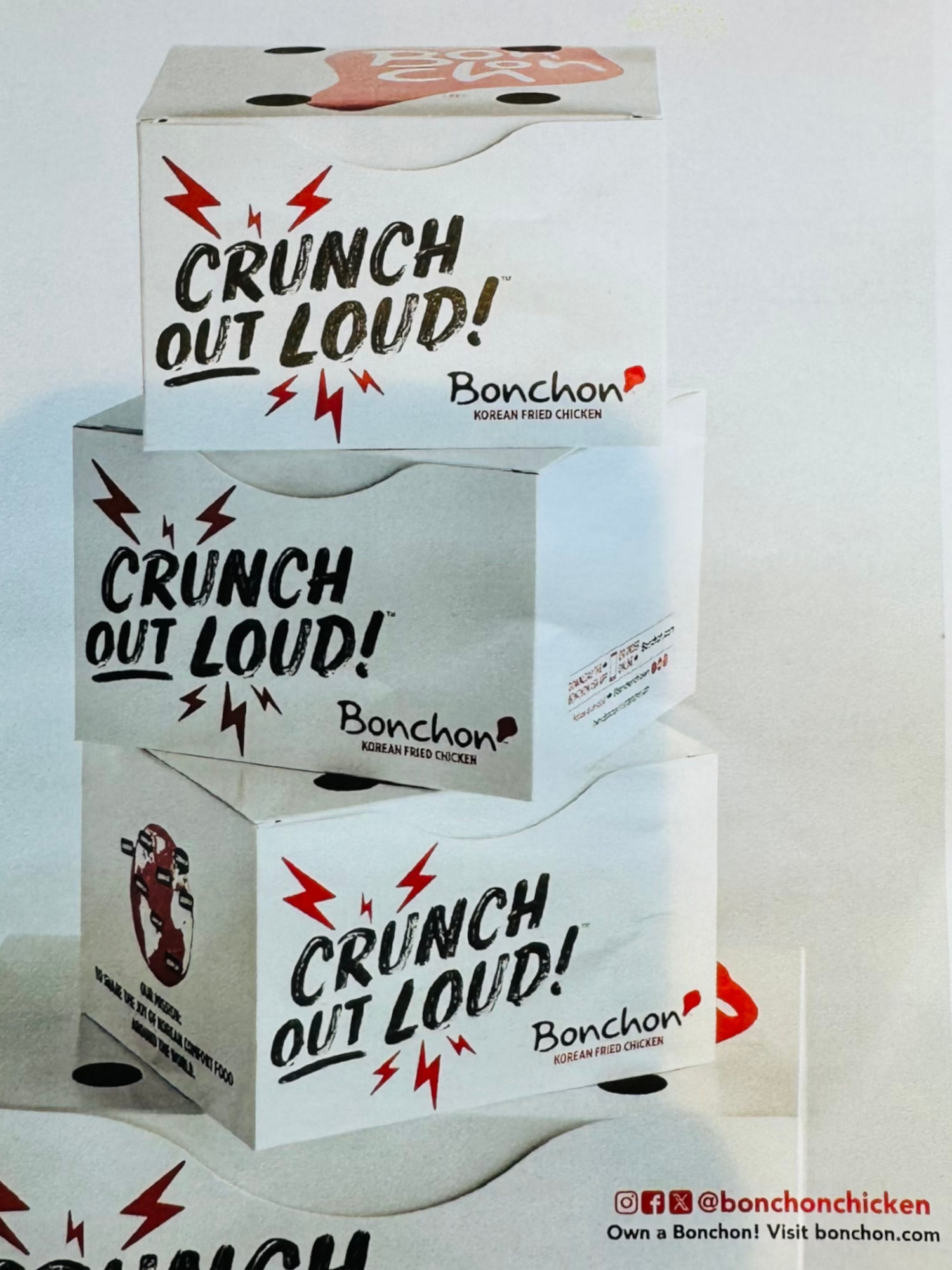
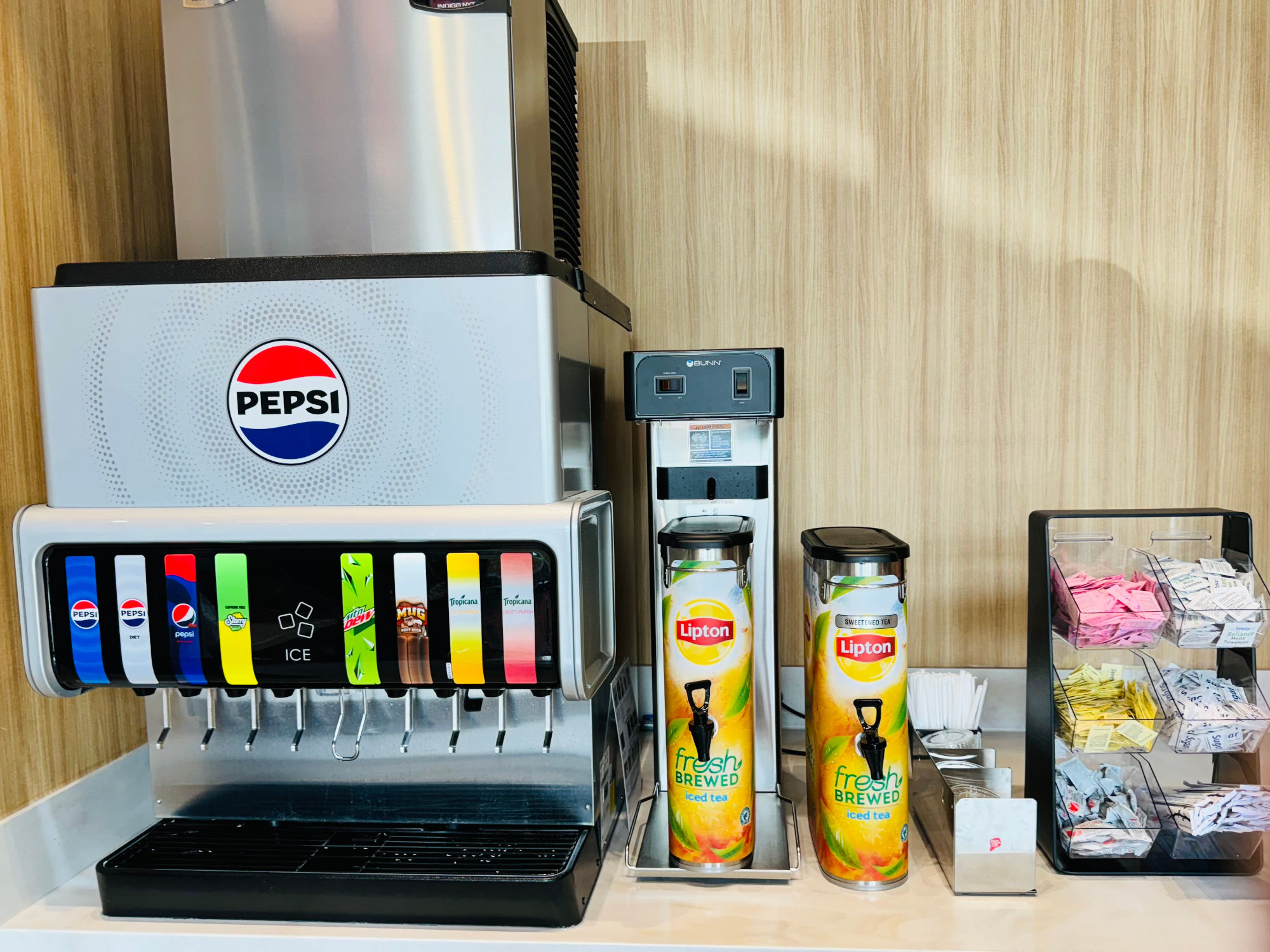
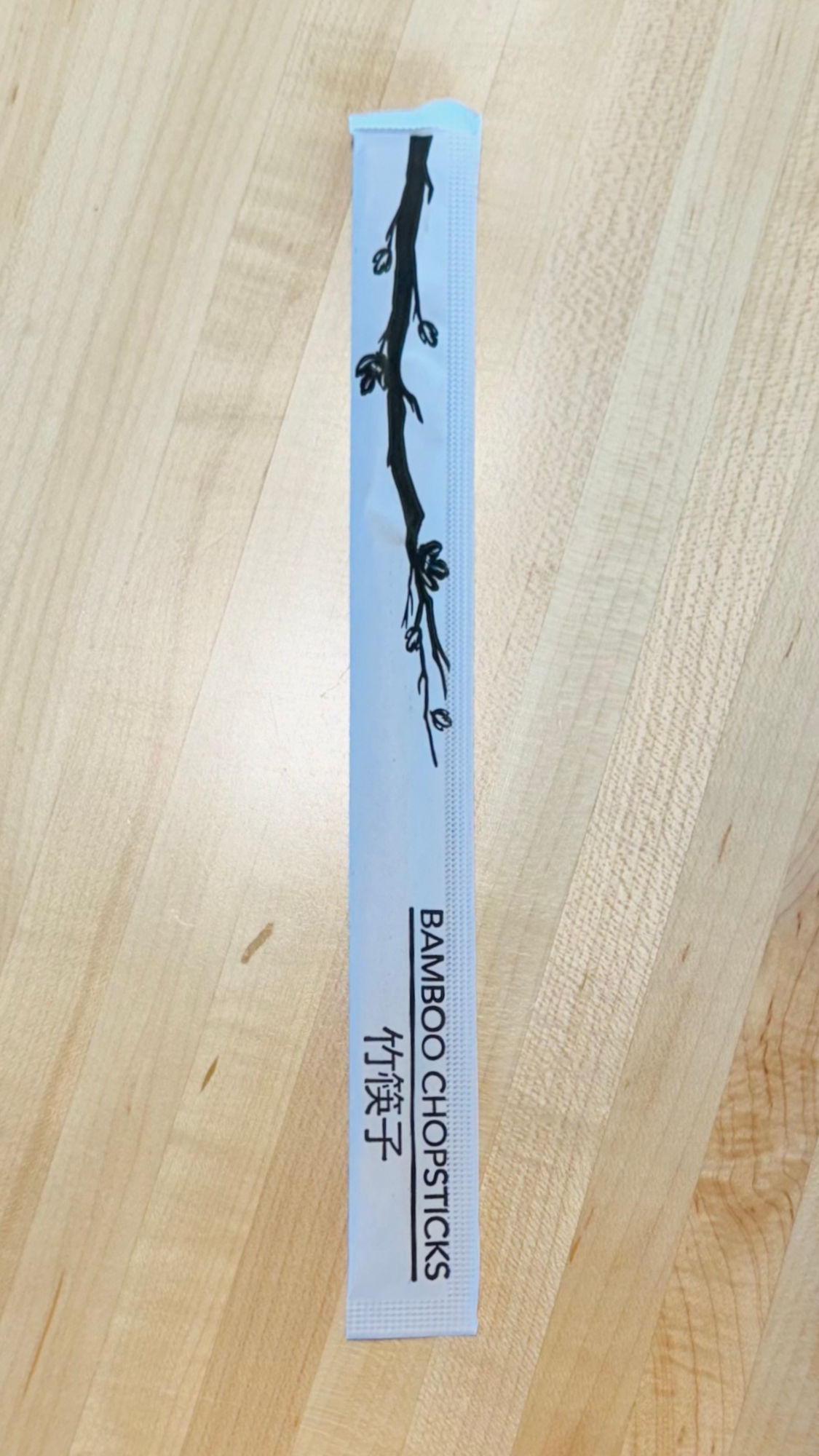

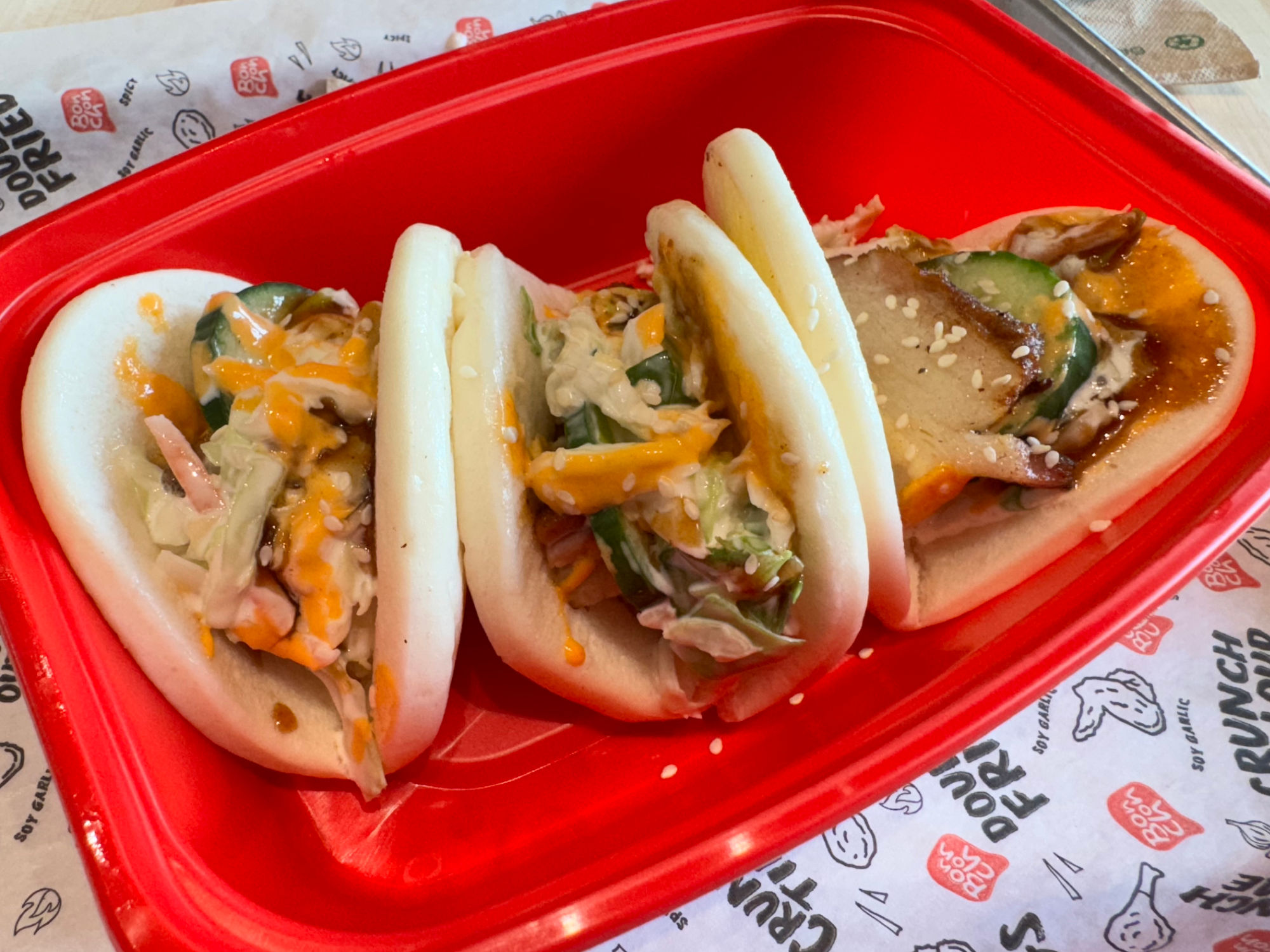
- Pork Belly
- Cucumbers
- Coleslaw
- Spicy Mayo
- Katsu Sauce
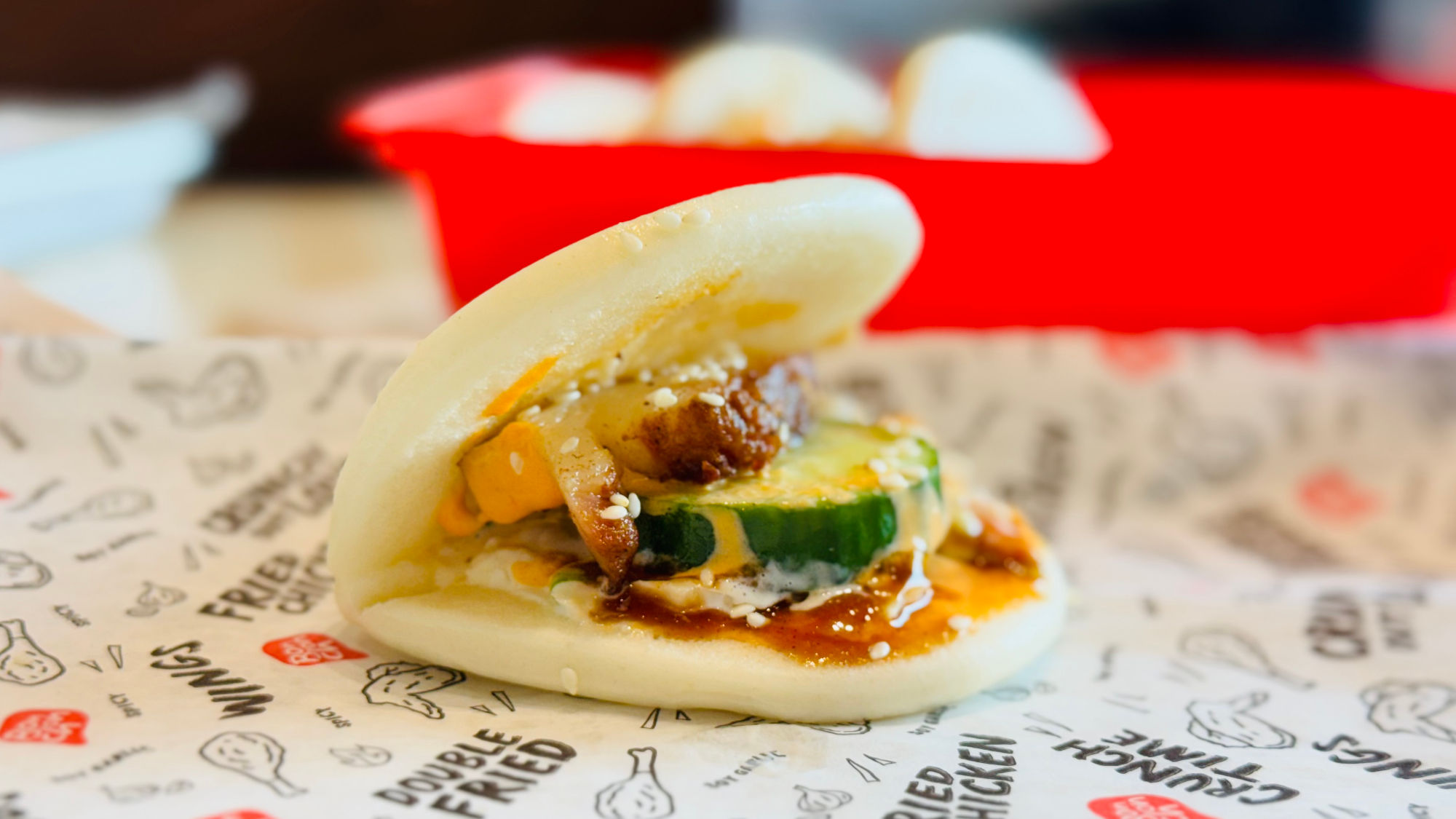
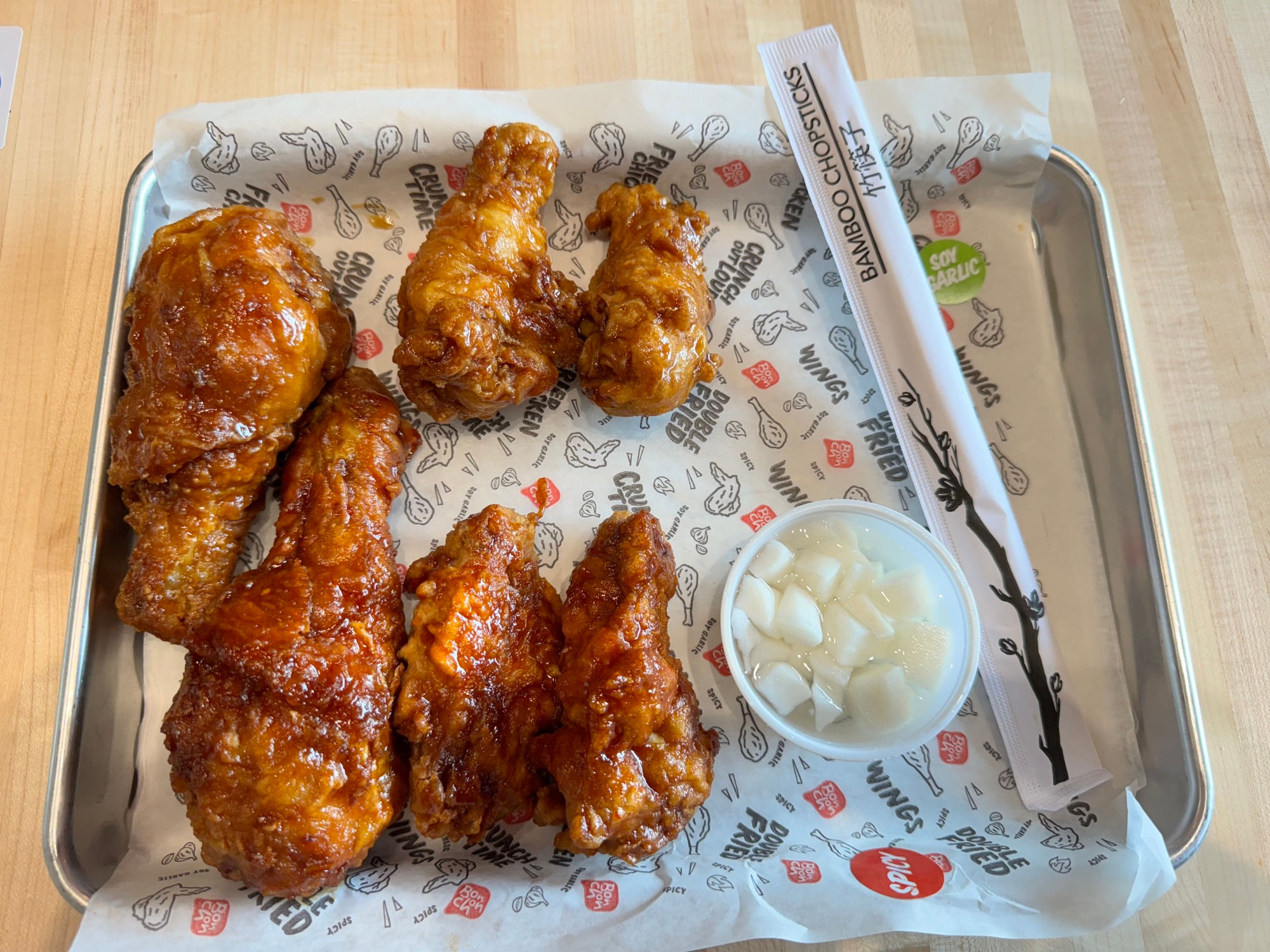
Small Mixed Combo (4w + 2D)
- Half Spicy
- Half Soy Garlic
- Pickled Radish
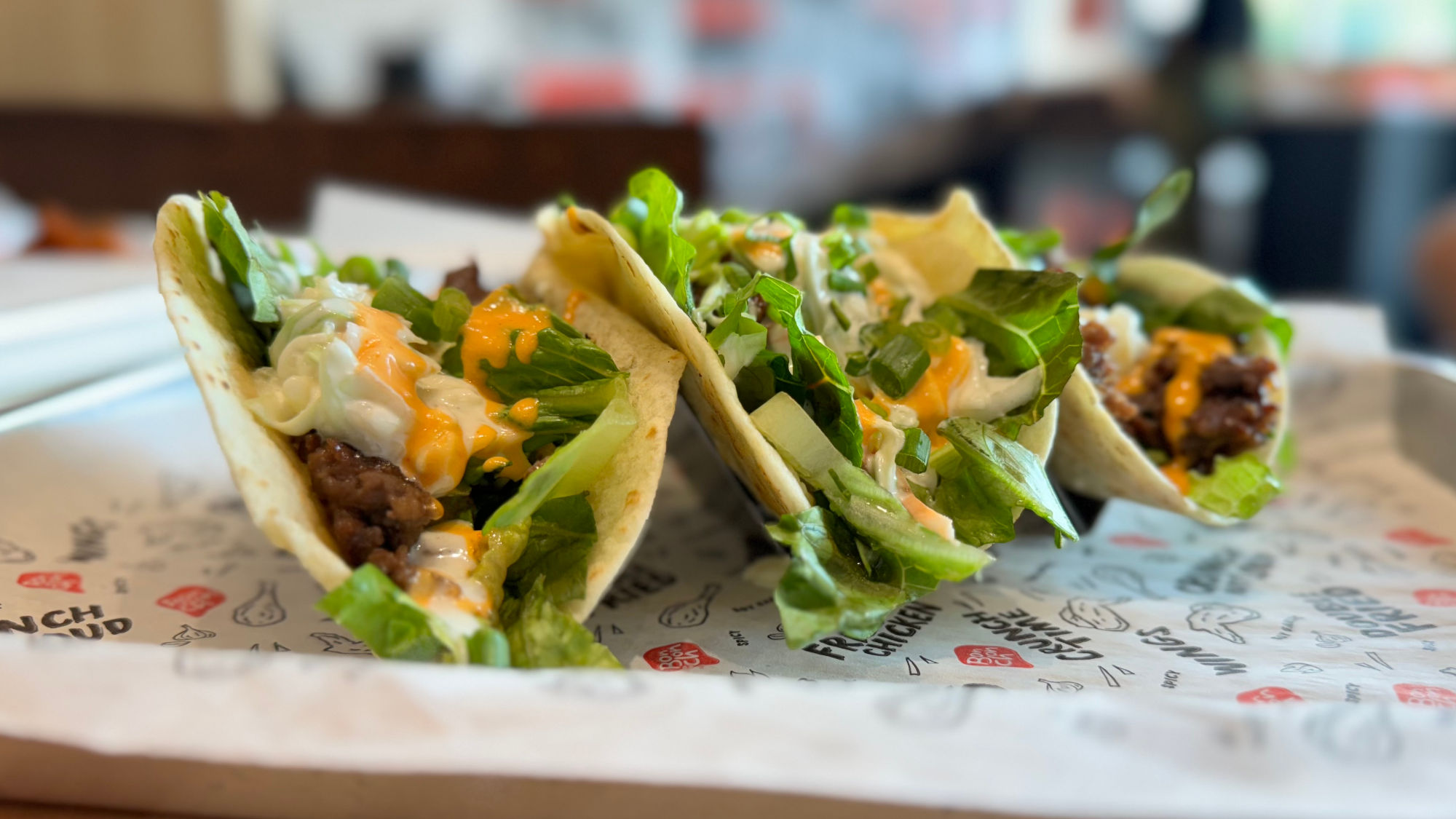
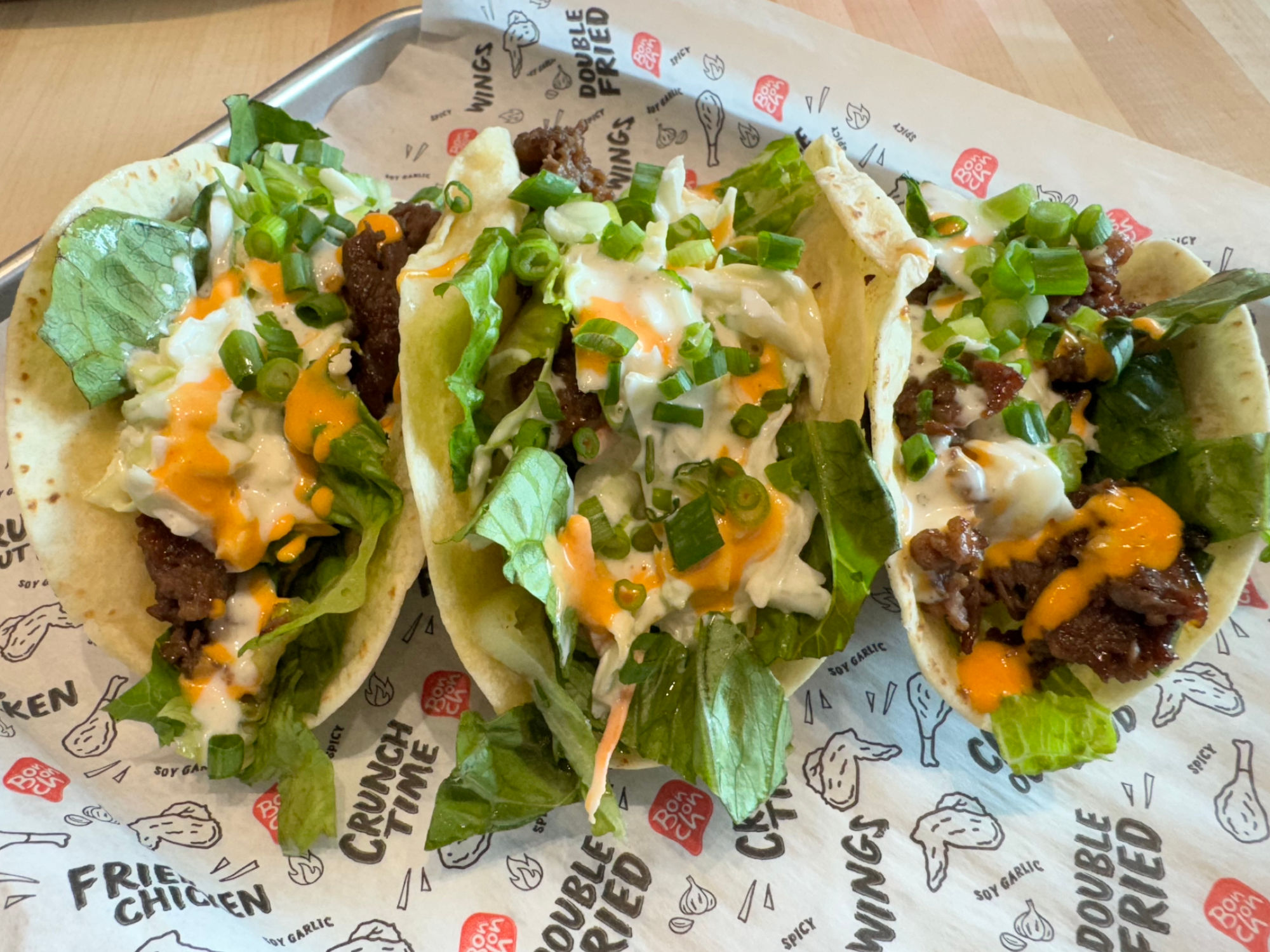
- Buttermilk Ranch
- Chopped Green Onions
- Coleslaw
- Flour Tortilla
- Lettuce
- Spicy Mayo
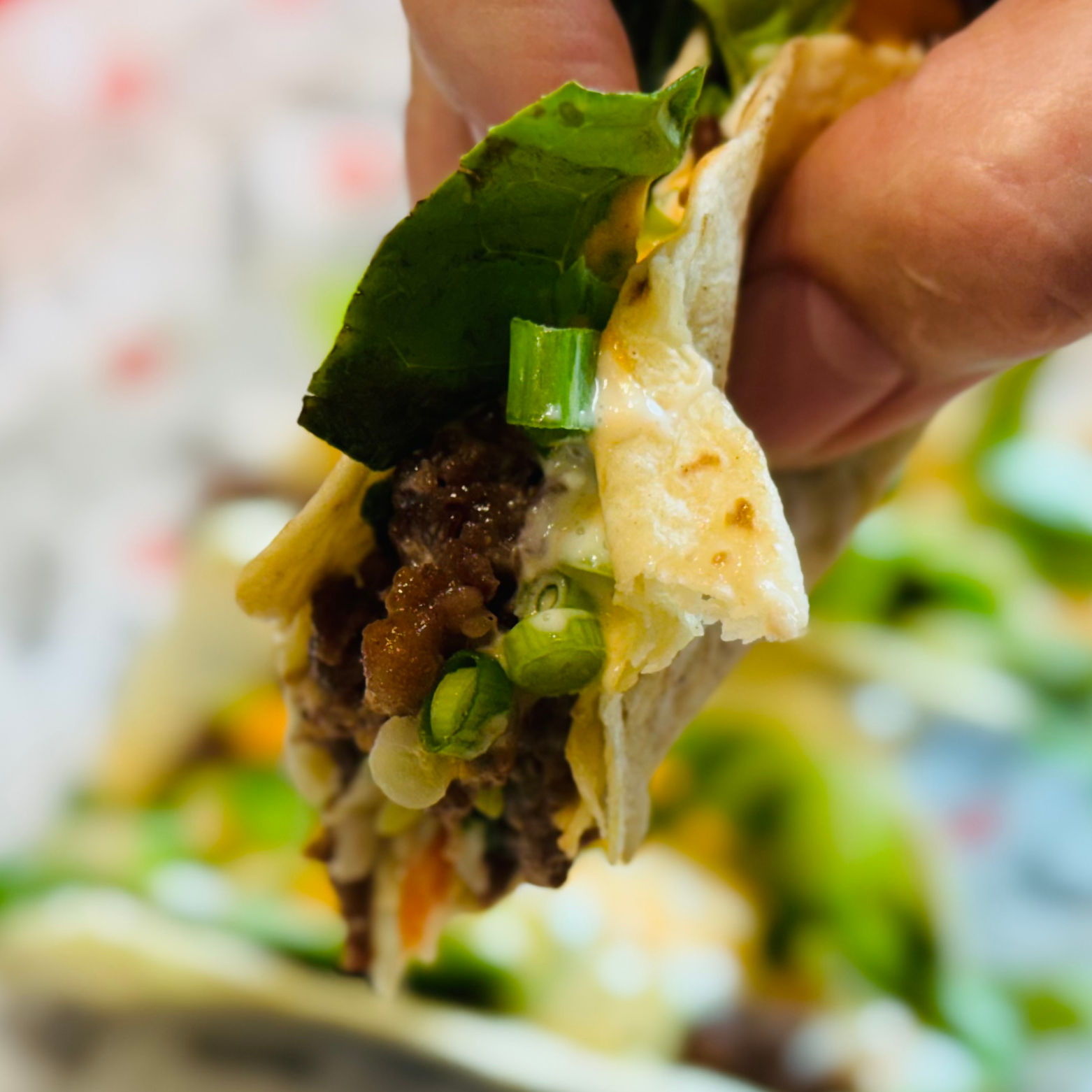
BonchonFried, Fried, for Crunch Crucnh
We set out to share the joy of hand-battered, double-fried, crazy crispy Korean Fried Chicken around the world.The Secret Behind our Korean Fried Chicken
- Hand Battered
Our signature Korean Fried Chicken starts by hand battering each piece in a thin layer of flour and other secret ingredients. It's the only way to get that perfect ratio of batter to chicken.- Double-Fried
Then, each piece is fried, fried. Yep. Twice-fried. Once to lock in all the succulent juices and again to achieve that signature, crave-worthy crunch that people can't get enough of.- Hand Brushed
Finally, comes our Signature sauce. We carefully brush every nook and cranny of that crunchy exterior to make each bite perfectly flavorful. We do not drown our wings in sauce.
#CRUNCHoutLOUD

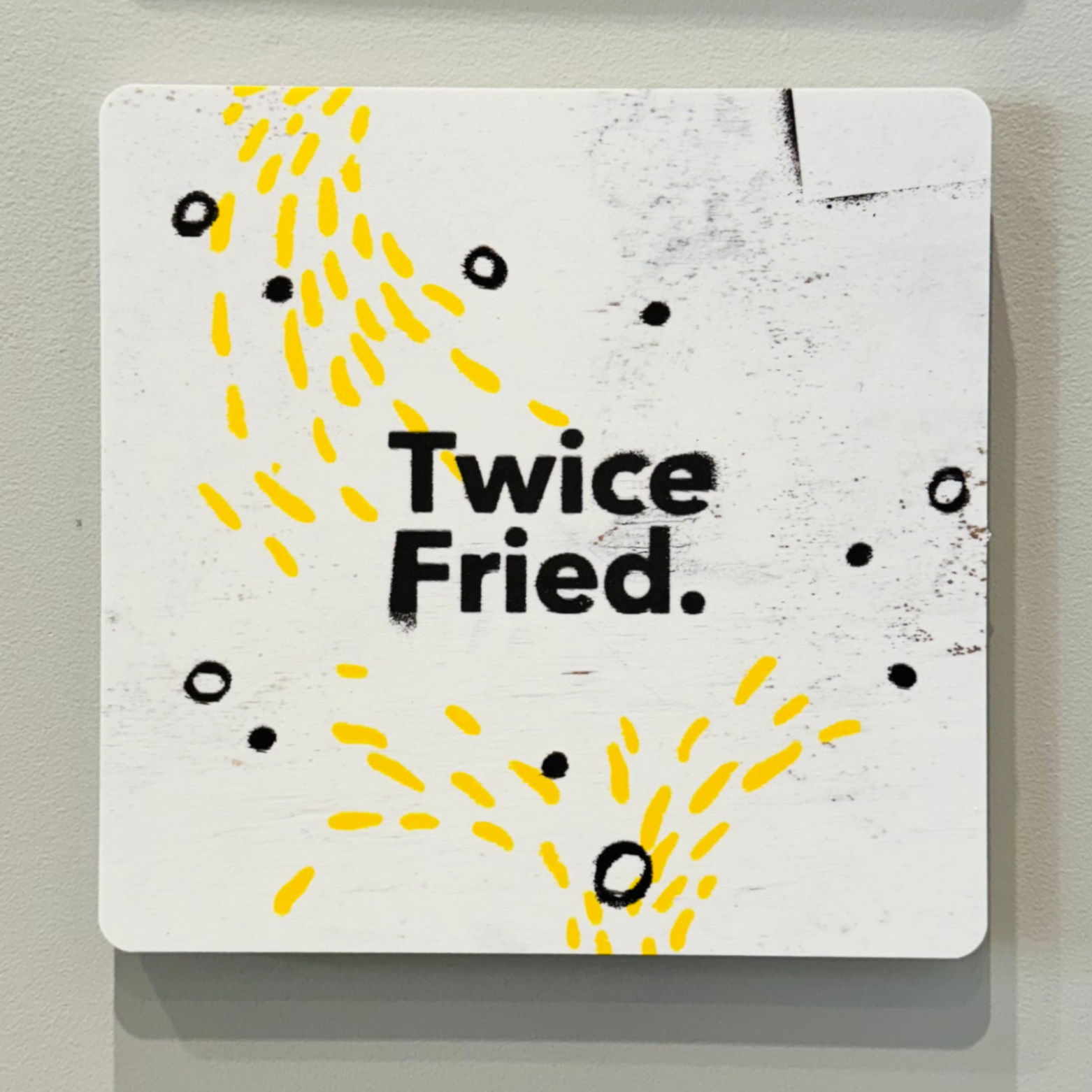
WIKIPEDIABonchon Chicken
Dallas-based international Korean fried chicken restaurant franchise. According to the company, Bonchon is a Korean word meaning "My Hometown".The Bonchon Chicken restaurant began in 2002 in Busan, South Korea. The first location in the U.S. was in Fort Lee, New Jersey. It later spread to California, New York, Connecticut, Illinois, Pennsylvania, Maryland, Massachusetts, Minnesota, New Jersey, Virginia, North Carolina, Florida, Texas, Delaware and Washington state. The Korean fried chicken franchise currently operates in 21 states in the U.S. and 8 countries internationally.
Jinduk Seo is the founder of Bonchon Chicken and Bryan Shin is currently the CEO.
In 2021, Bonchon moved its global headquarters to Dallas, Texas.
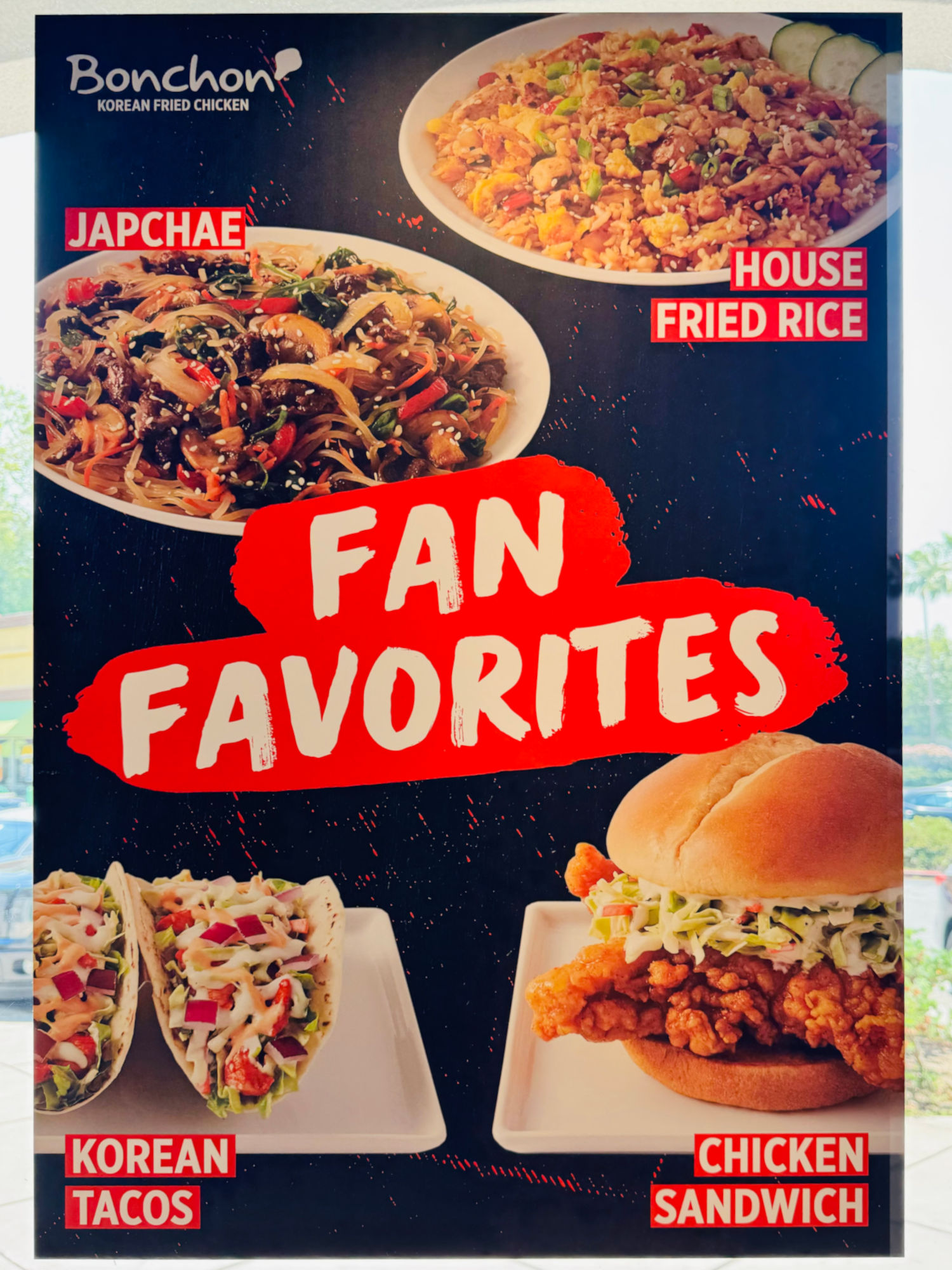
- Japchae
- House Fried Rice
- Korean Tacos
- Chicken Sandwich
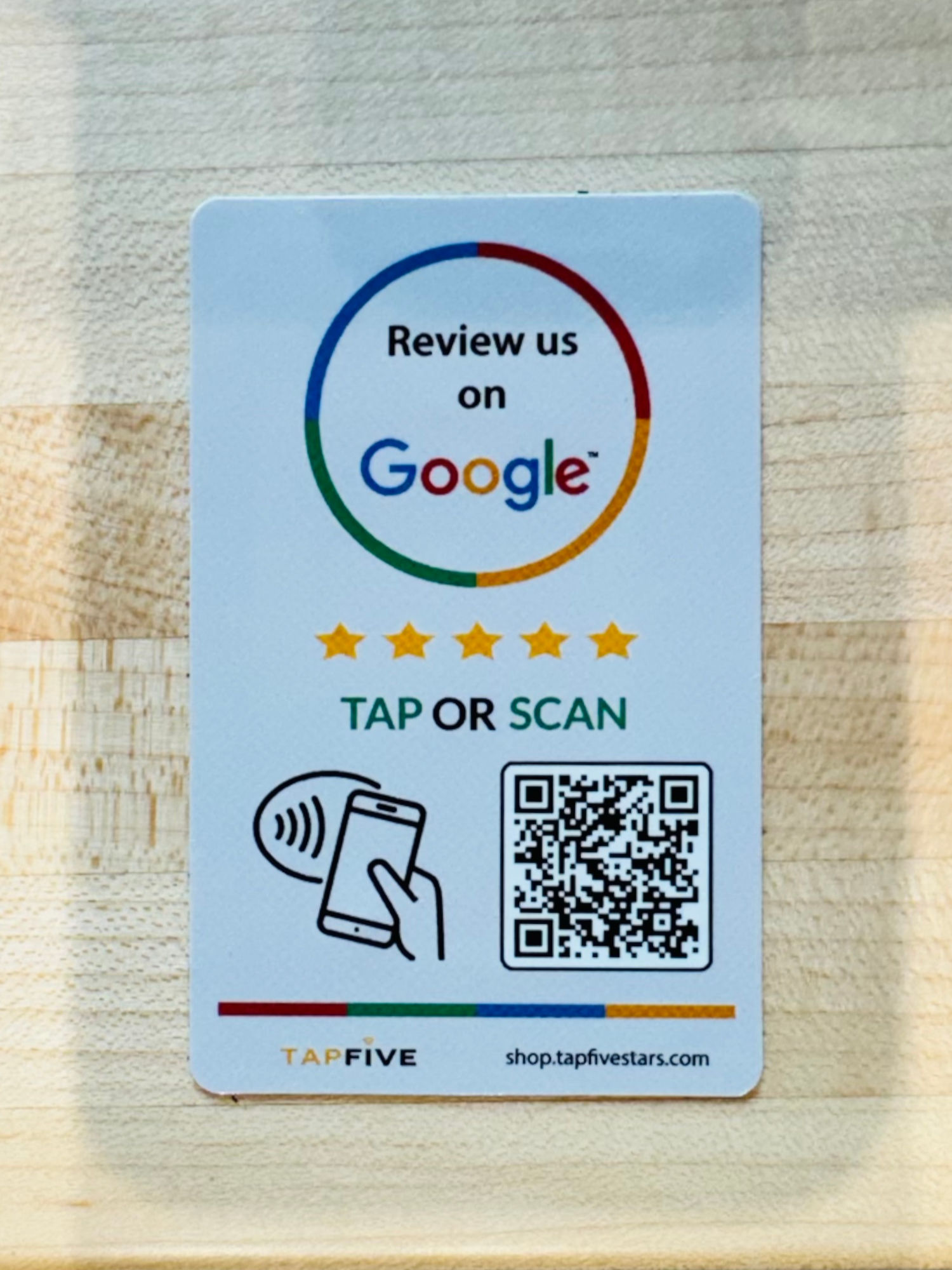
BonchonBonchon (bon-chon)
noun. my hometown, my rootsOur Story
- 2002 Born in Busan, South Korea
- Founded by Jinduk Seo He dreamed of sharing his favorite flavors with the world
- Jinduk Obsessively perfected Bonchon's signature Sauces & Fried Chicken
- 2006 Raised in the heart of New York City
Jinduk SeoWhen police were dispatched to manage traffic around the new restaurant, I knew we had a winning formula.- Our Mission: To share the joy of Korean comfort food around the world.
- Psst... Our chef in South Korea creates recipes for our sauces and all of our Korean comfort foods to share the joy of Bonchon around the world. They're legit delicious.
Korean Fried Chicken is Life. Period.

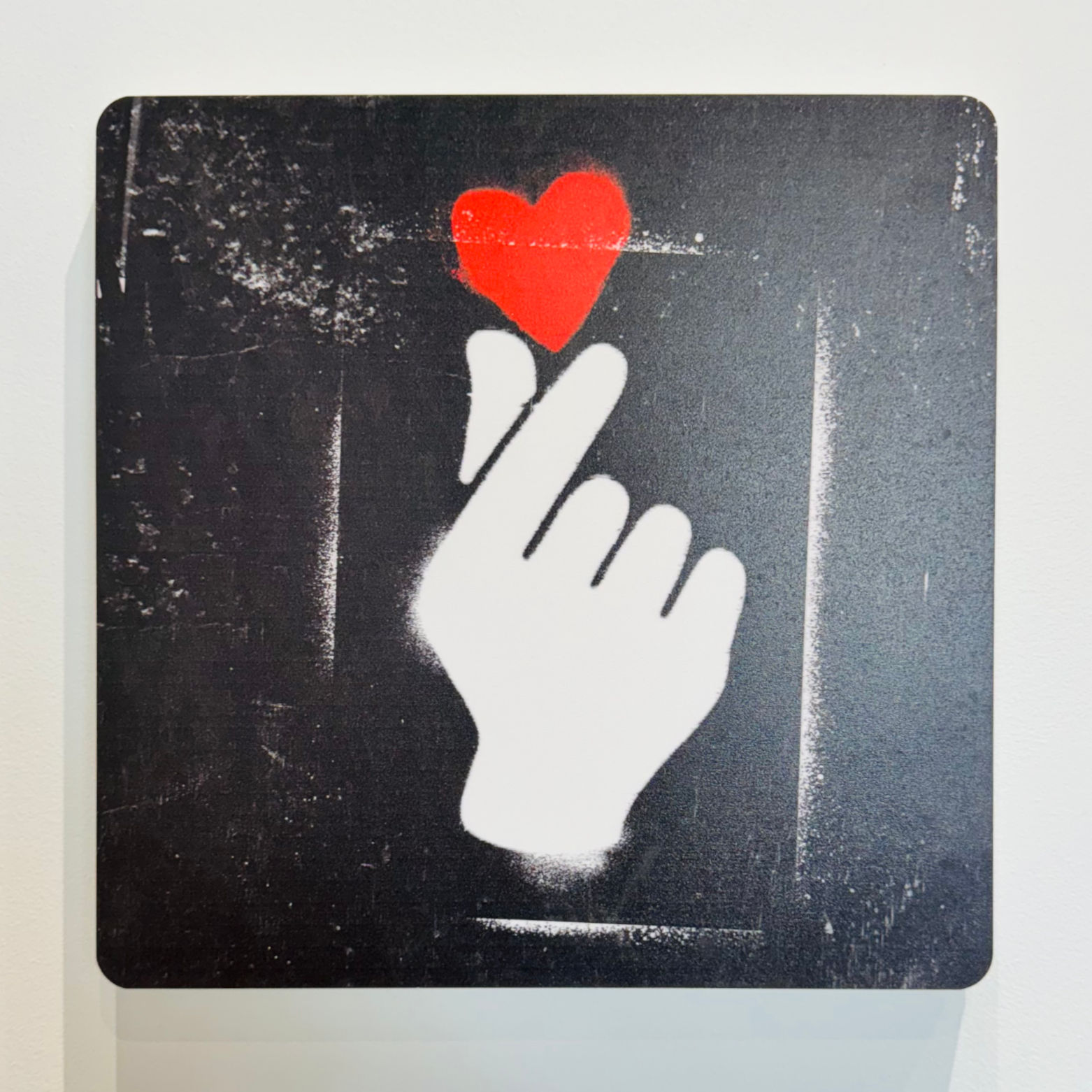
- Bonchon began its story in South Korea, but quickly took over the American market
Bonchon first opened in the oceanside city of Busan in South Korea. The name Bonchon literally translates to "my hometown." Only four years after its inception, the restaurant traveled over the Pacific and introduced its first U.S.-based location in Fort Lee, New Jersey. The hype on opening day was so big, and founder Jinduk Seo said he "knew [he] had a winning formula when the police were dispatched to manage the overwhelming crowd at the first Bonchon restaurant in New Jersey."Since then, Bonchon experienced explosive growth in the U.S., with more than 100 restaurants across 23 states. It celebrated its first major milestone with its 100th restaurant in Northern California on December 18th, 2019. A couple of years later, the company decided to relocate its global headquarters to Dallas, Texas, in order to build a bigger retail footprint and a foundation for even more growth. Additionally, the franchise also has more than 300 locations internationally, such as in Vietnam, Thailand, and Singapore.
- Bonchon wasn't originally going to make chicken - it was about the sauce
Although Bonchon is quickly becoming one of the worldwide figureheads of Korean fried chicken, founder Jinduk Seo wasn't actually as interested in the chicken aspect. He started the business to sell the sauces that eventually became the signature offerings of the restaurant. CEO Flynn Dekker told Foodable, "He was really into sort of the laboratory of making great sauces."Back then, Seo had suppliers but decided to cut out the middleman and produce the sauces on his own. As evidenced by his worldwide success, he made the right decision. To this day, Bonchon still follows Seo's same procedure from 2002 when it comes to creating its sauces. Dekker goes on to say "The philosophy in that process really hasn't changed. The cooking process is the same. We make our own sauces and we still baste the chicken the same way. So the care in the kitchen and the culinary expertise, none of that has changed."
- Bonchon double fries its chicken
If you've ever had Korean fried chicken, you probably noticed it has an incredible crunchiness and crispiness that permeates the wing, while somehow still being light and delicate. This is because Korean fried chicken is fried twice. Although Bonchon and other Korean fried chicken joints didn't invent double-frying, they certainly popularized the technique.To get that addictive crunch, restaurants fry the chicken until the skin starts to crisp up and then remove it from the hot oil to let the meat rest. It's then returned to oil at an even higher temperature to finish cooking. The reason why this makes the chicken even crispier lies in the science of the food.
MashedDouble-Frying
The crispy skin we love oh so much is comprised mostly of fat and water. When the chicken is lowered into hot oil, the moisture begins to evaporate. To get that super-crispy texture, the water needs to be fully evaporated. However, the amount of time required to remove the moisture would leave the chicken completely overcooked. Double-frying helps eliminate moisture by letting the chicken rest in between the frying process.Nowadays, pretty much every Korean fried chicken joint employs this process. Bonchon hand-breads every piece of chicken, then double-fries it to crispy perfection. This allows the skin to stay super crispy even when it gets doused in one of the delicious sauces.
- Bonchon brings in its proprietary sauce all the way from Korea
Bonchon's signature sauces set it apart from other fried chicken chains. Ever since Jinduk Seo first began creating the sauces himself, pretty much nothing has changed - even the fact that all of the sauces are made in Busan. The secret sauces are then shipped around the world and hand-brushed into the nooks and crannies of the delicious fried chicken.Since Bonchon's inception, it has stuck with two classic sauces: soy garlic and spicy. The masterminds at the restaurant worked tirelessly to find the perfect balance of flavors, and it shows. For nearly 17 years, Bonchon skyrocketed to fame with nothing more than the two original sauces Jinduk Seo created. But in 2019, Bonchon finally introduced a new flavor to its menu. The third flavor, aptly named sweet crunch, was created for people who like a bit of sweetness with their fried chicken.
MashedCucumber Wasabi Ranch
People don't just go crazy for the sauces that coat the chicken; they have also lined up for the brand's limited edition cucumber wasabi ranch dipping sauce. It's so popular, Bonchon decided to bring it back on National Chicken Wing Day on July 29, 2021. The creamy, light, and refreshing kick pairs perfectly with the rich crunch of Bonchon's soy garlic and spicy wings. Which begs the question - why is it only available for a limited time?- Bonchon serves other signature Korean dishes as well
Although Bonchon specializes in "chi-maek" (which translates to "chicken and beer" in Korean), it just wouldn't be right if the chain didn't offer other signature dishes from South Korea on its menu.One Korean favorite it features is bulgogi (which translates to "fire meat"), which is thinly sliced ribeye marinated for hours and sauteed with onions, scallions, mushrooms, and more. Bonchon also serves japchae, a glass noodle dish with bulgogi and a variety of vegetables, like carrots, red peppers, onions, mushrooms, and spinach. Another Korean street food favorite is tteokbokki, which are rice cakes cooked in a creamy, spicy sauce and served with fish cakes, veggies, and cheese. You can also opt for a healthier option like bibimbap, which is a traditional rice and veggie bowl with a fried egg on top.
If you're not craving Bonchon's fried chicken, it serves other Korean variations of the bird as well, including chicken katsu (a breaded chicken cutlet topped with katsu sauce and spicy mayo) or buldak (a spicy dish with rice cakes and veggies). Bonchon also has several Asian appetizers to complement the wings, including potstickers, shrimp shumai, and takoyaki (a Japanese street food favorite). Additionally, you can try Bonchon's Korean-American fusion-style dishes, like sliders, pork buns, and even Korean tacos.
- There are more Bonchons in the US than in South Korea
- Opening a Bonchon chain costs about a half a million dollars
- Bonchon is undergoing a big makeover
- The brand experienced meteoric growth - even during the pandemic
- Bonchon knows America is trying to be healthier - so it's adapting, too
- Bonchon's CEO is a chicken wing veteran
In 2019, Jinduk Seo, Bonchon's legendary founder, handed over the reins to Flynn Dekker as chief executive officer. Seo remained a shareholder and a critical member of the company's board but expressed his confidence in Dekker's leadership. Dekker is no beginner to the wing scene, though. He was the chief marketing officer at Wingstop for over four years, arguably the most significant chicken wing franchise in the country.- Bonchon means my hometown, and it aims to keep that philosophy
- The brand has recently won several prestigious awards
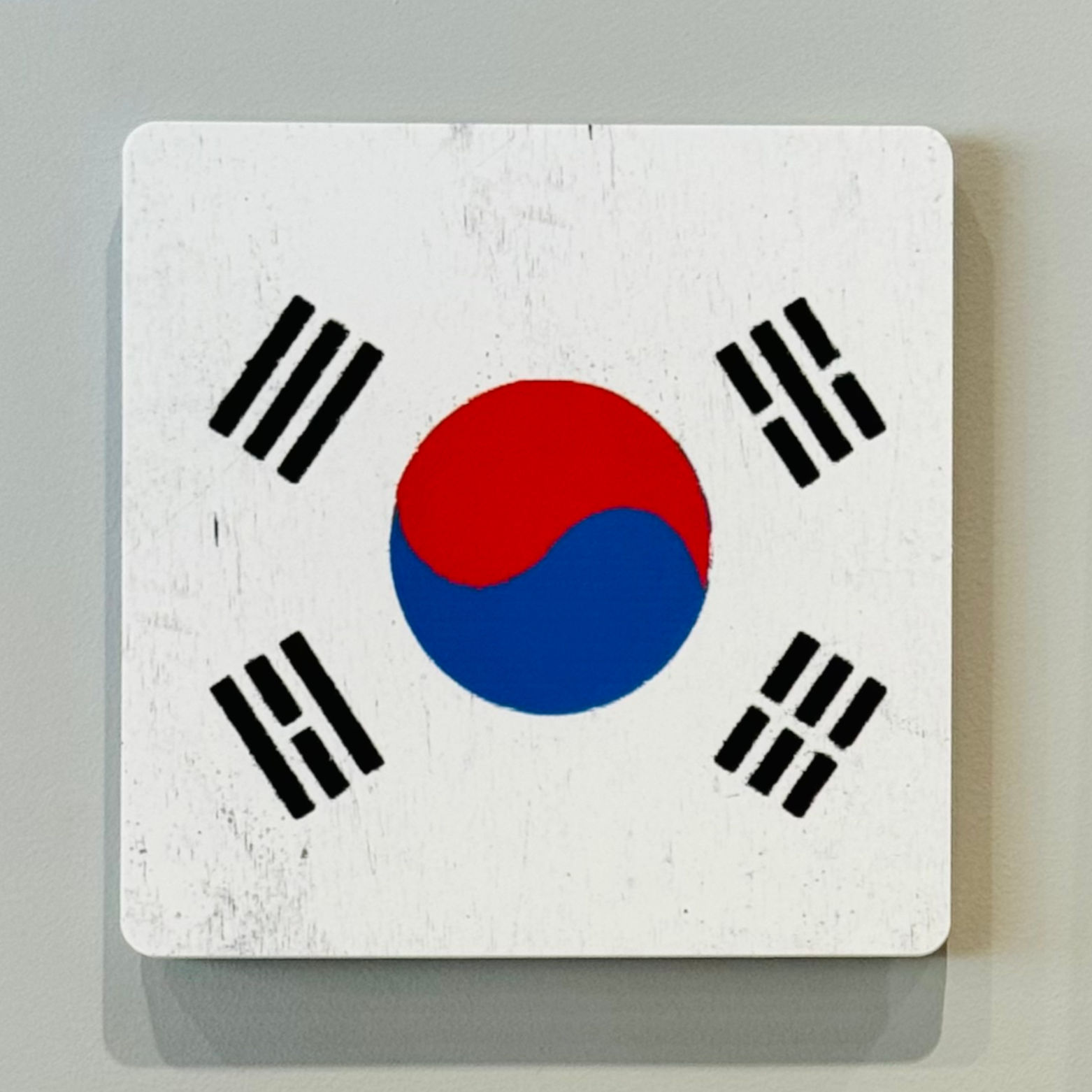

2019Bonchon
With a name that translates to "My Hometown" and an expansive restaurant network spanning two continents, Bonchon has been bringing Korean culture and cuisine to all corners of the world for almost twenty years now. With no signs of slowing anytime soon, I caught up with Bonchon's Marketing Associate, Victor Chang, to find out more about this fine casual dining chain that's turning the world into Korean fried chicken believers.
Victor ChangOur mission is to share our culture with as many different countries and people as possible. It goes back to the idea of 'My Hometown,' which is the idea of going to new places and carrying with us our local food and heritage, an experience anyone can relate to. It has become a lot more of a personal mission for our American team, as most of us are first and second gen-Americans and just now experiencing the influx of international culture in Western life-something we ourselves did not grow up with or even expect to ever see. So, in a way, it's not just about spreading Bonchon, but culture as a whole.Bonchon first came to life in Busan, South Korea in 2002. Founder Jinduk Seo, with a twenty-year career in the restaurant industry, set his sights on expanding Korean fried chicken beyond Korea's borders. Specifically, he wanted to sidestep an already oversaturated market and introduce a hometown favorite to new cultural borders. In 2006, Bonchon's first international location opened in Fort Lee, New Jersey, and was met with success. This led Seo to open up even more locations in countries like Singapore, Thailand, Cambodia, Kuwait, Bahrain, UAE, Myanmar, and the Philippines -laying the groundwork for the global chain it is known as today.
With such a broad restaurant model expanding across a variety of international markets, I asked Victor if I could take a peek at Bonchon's recipe for success-a recipe that Victor noted involves fusing Bonchon's Korean dishes with local cuisines. For example, Bonchon has altered its bibimbap recipe in the States to fit the American palate, like adding quinoa and removing pickled yellow radish and raw egg-a move that wasn't always as beloved as it is now with Bonchon restaurant-goers.
Victor ChangKorean fried chicken, at its heart, is a fusion dish-a mix between American and Korean ideas-and we're always going to be an Asian fusion restaurant, albeit the best that we can be. Our goal is to make our food as accessible and enjoyable as possible for our patrons. In America, that means adding our own twist to traditionally-American side dishes, like kimchi coleslaw or popcorn shrimp with spicy Sriracha mayo. Whenever we're newcomers in a different country, we do our best to accommodate cultural tastes and tailor the intricacies of local tastes to be part of the Bonchon food standard. But the core 'heritage' of Korean fried chicken always remains the same.
Victor ChangI encourage anyone who hasn't tried Bonchon to give our fried chicken a taste. It's truly a unique experience, and we try our absolute hardest to make sure our chicken's quality and taste is one of the best you've ever had. That being said, we also appreciate when customers order some of our traditional Korean dishes. It shows that Korean food is properly integrating into American culture.
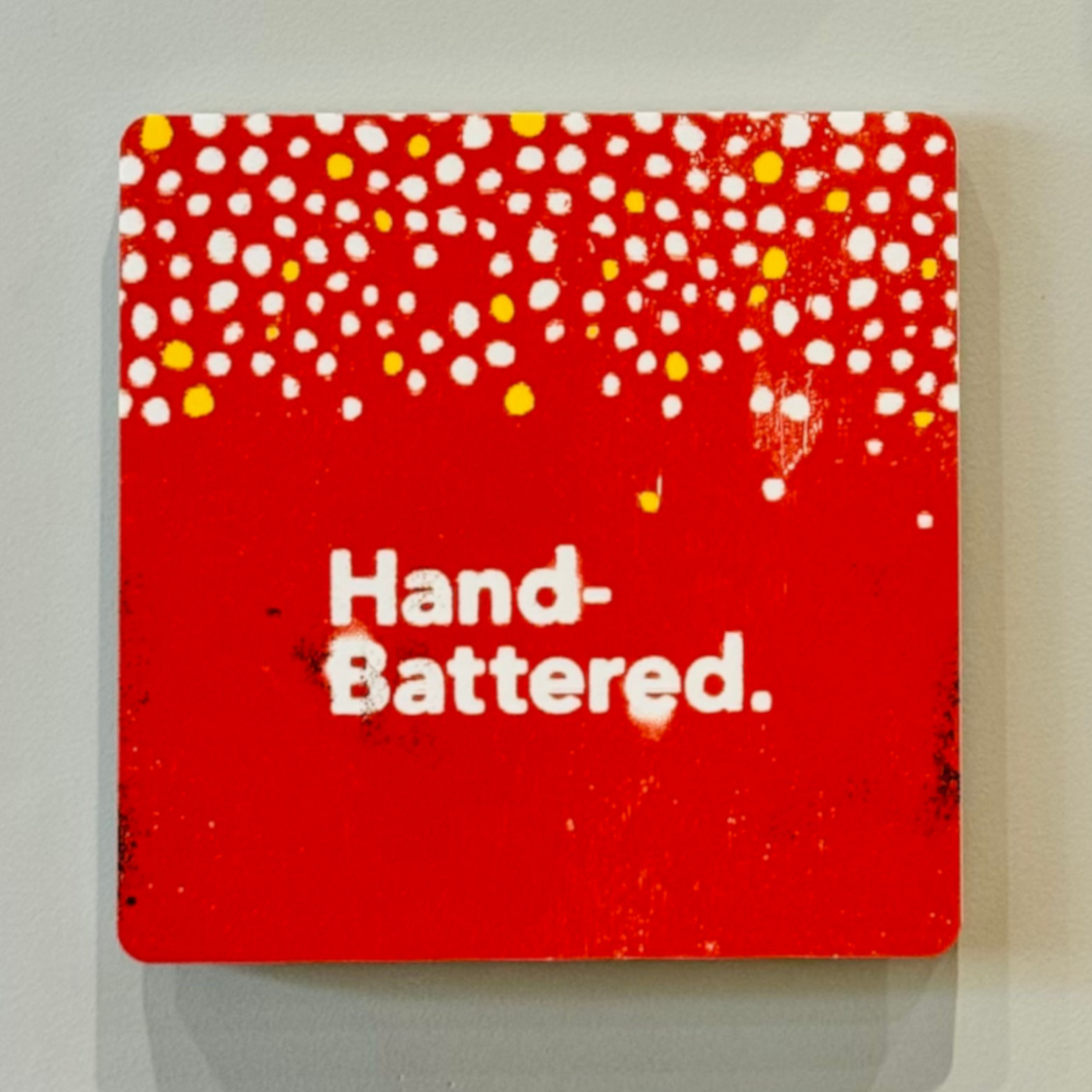
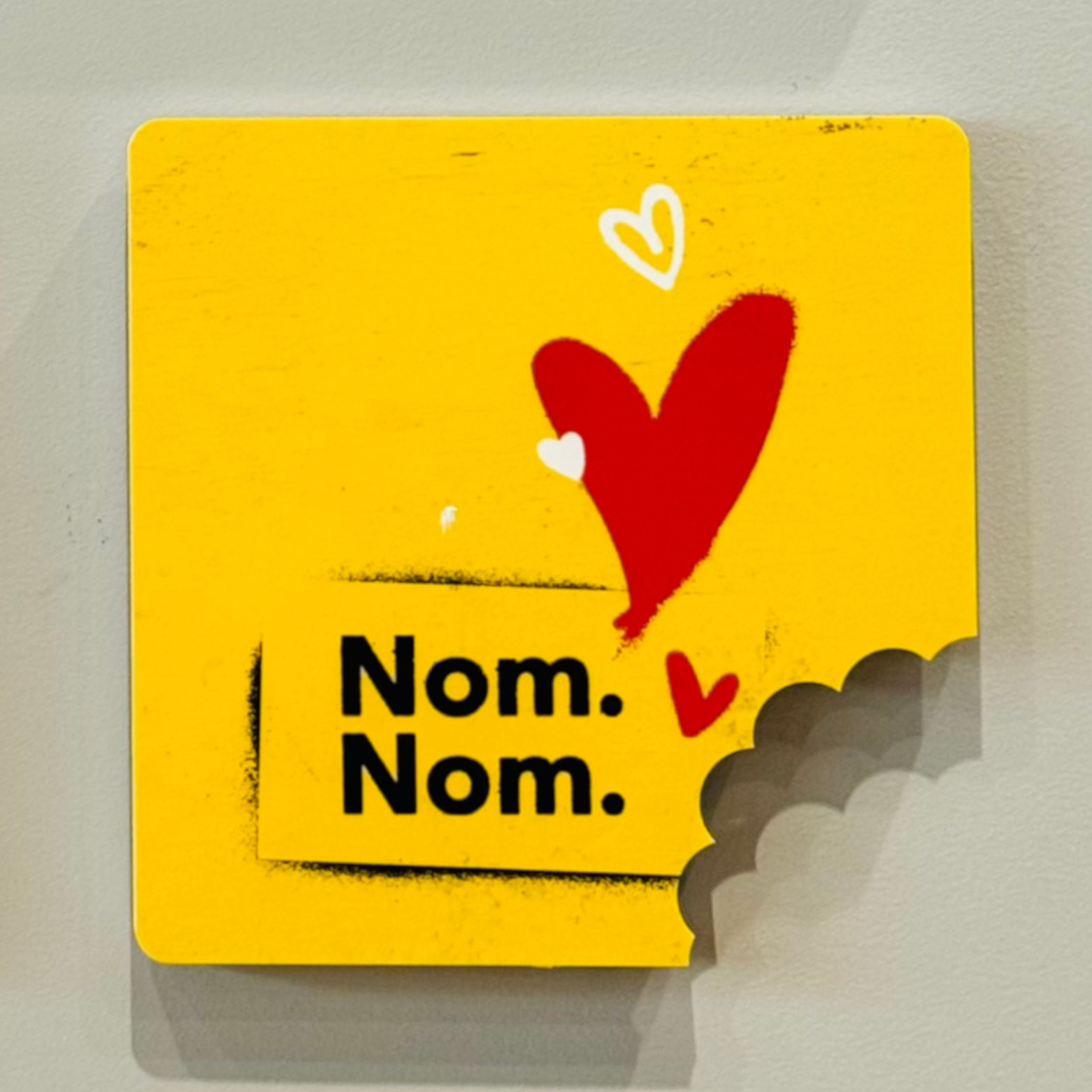
2015The Scene:
Buffalo makes a pretty good claim to having invented the chicken wing as we know it, but nowhere is the poultry appendage as madly popular as in South Korea, where several large chains specialize in a uniquely Korean-style fried wing. A couple have gotten so big they've come across the Pacific, most dramatically Bonchon, an exploding concept that only launched in South Korea in 2002, emigrated to New Jersey four years later, and now has nearly 40 U.S. locations, plus about a hundred more across Asia and the Middle East.Reason to Visit: Bonchon chicken, bulgogi sliders, rice cakes, takoyaki, bimimbap
The Food: Bonchon's chicken is not a substitute for traditional Buffalo-style hot wings, but rather a different creature altogether. It is breaded but with a crunchy paper-thin shell, thanks to a signature twice-fried cooking method. Each is really half a wing, with a choice of drumettes or the wing bone portion, and all are served coated in a choice of two signature sauces, soy garlic or spicy, the latter made with Korean gochugaru, or ground dried red chili peppers for a sweet, smoky, spicy finish. One thing I really liked about the menu is that it is highly customizable, and you can order just wings, just drumettes, or several pre-set combos, and get all of these with either sauce or for variety, half and half. This makes it easy on the solo diner but is also perfect for sharing, with wings as main course or appetizer.
The quality is very high, and both the wing sauces for all the Bonchon outlets worldwide are made in the main Seoul factory, so the flavor is very consistent. The wings are cooked to order, and take 20-30 minutes, but are worth the wait. They come with a very crispy crust that is more coating than breading, and very large meaty pieces, with drumettes almost the size of smaller regular drumsticks, so you get a lot of juicy chicken with each bite of breading. They are also expensive as wings go, about $2 each in small quantities, coming down to a dollar per in the largest orders (30). All are good, but personally I had a small preference for the meatier, juicier drumettes over the wing sections, and the soy garlic over the spicy sauce. The spicy is hot but not crazy hot, while the soy is not spicy at all but has a great, deep, dark, garlicky flavor. All wings are accompanied by cubes of pickled daikon radish, which serves as a palette cleanser, a sweet contrast to the chicken, and is also believed to be a digestion enhancer.
The wings are the main attraction and signature, but there is plenty of other good stuff to try. The takoyaki are a must if only because you so rarely get the chance to have octopus at casual chain restaurants. Described as fried octopus dumplings, they are dough fritters with a chunk of octopus in the middle, round, golf ball-sized, of very light airy dough, topped with a drizzle of Japanese okonomiyaki sauce, a thick, rich brown sauce used on cabbage pancakes in Japan. They are finished with dried fish flakes, and as something you don't see every day, are well worth trying. Other standouts are the much more common Korean main course of bimimbap, a bowl of white rice and assorted seasonal vegetables topped with an egg and choice of chicken, seafood, tofu or bulgogi, very thinly sliced and marinated ribeye of beef. Bimimbap is served in a deep sizzling bowl so it keeps on cooking, and the rice gets uniquely crispy and crunchy as you eat, sort of two meals in one.
The bulgogi is also available as a main course, but is most interesting in the delicious sliders, a trio of small burger rolls that form the meat into patties, topped with thin slices of cucumber, pickled red onion and coleslaw, a really tasty and textural combination that in some ways is reminiscent of South Carolina pulled pork with crunchy slaw, except with Asian flavored beef. Another offbeat specialty is rice cakes, which are little cylindrical logs of chewy rice dough. Sort of a Korean take on gnocchi, these come in a couple of entrée dishes, including one with mixed seafood and one with chunks of chicken, cheese and scallions, both in sweat-inducing hot sauce and among the spiciest dishes on the menu.
At the end of the day, Bonchon is two restaurants in one, a specialty wing place and a much broader Korean eatery, all in a fast casual disguise. For a streamlined chain place, it does a very good job at both, though with prices more akin to a traditional full service restaurant.
